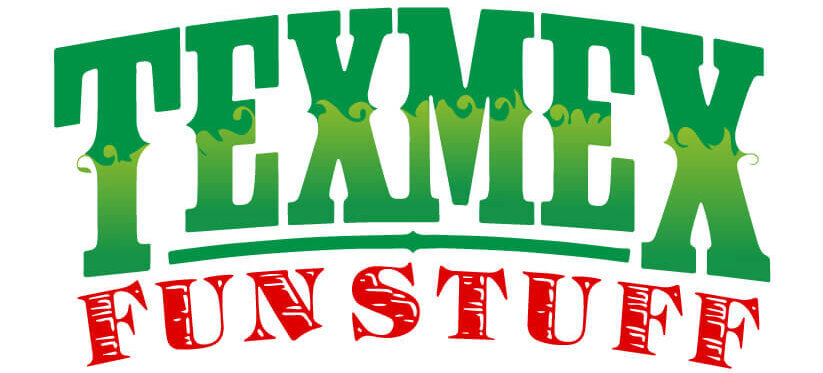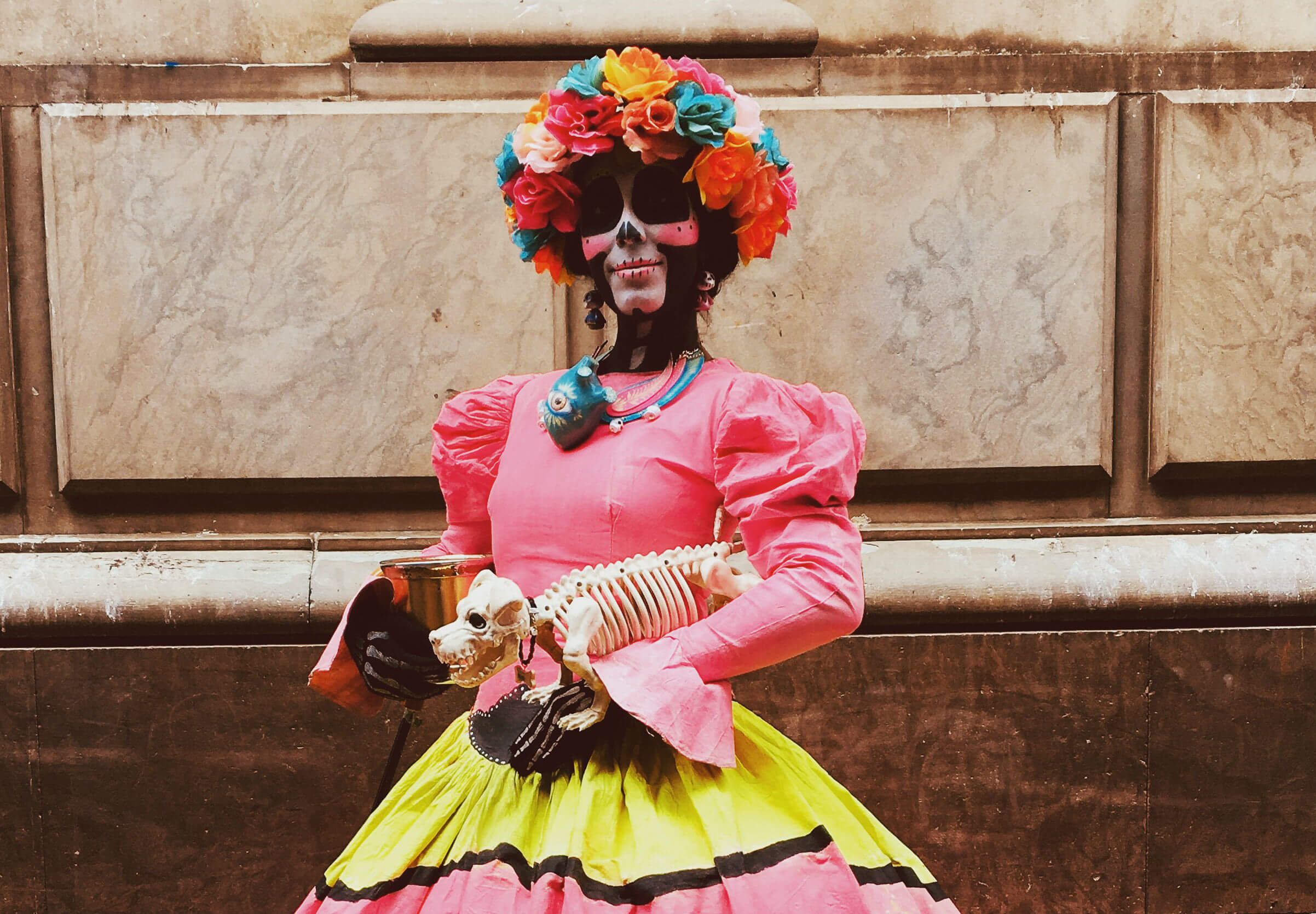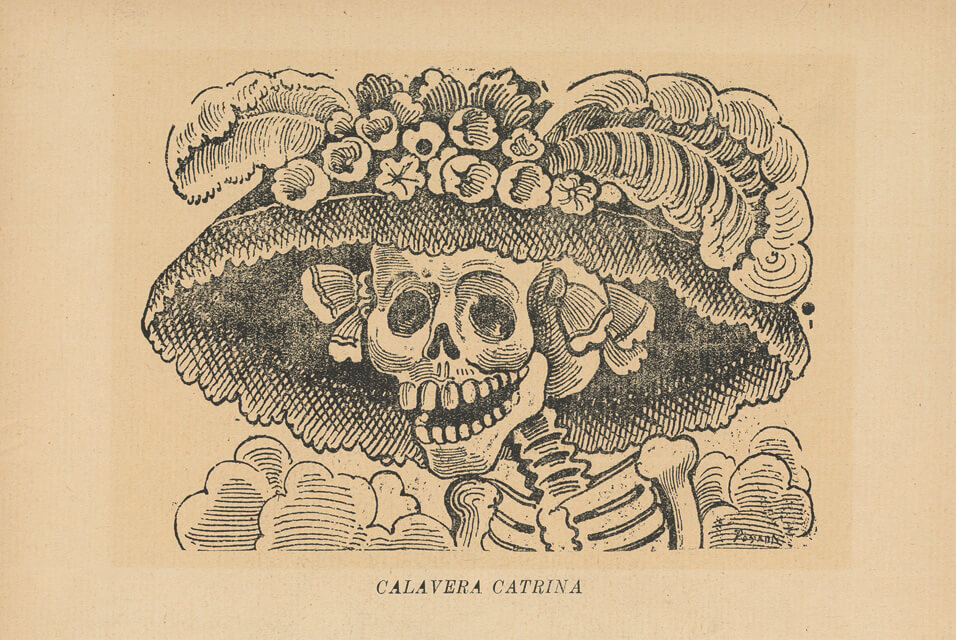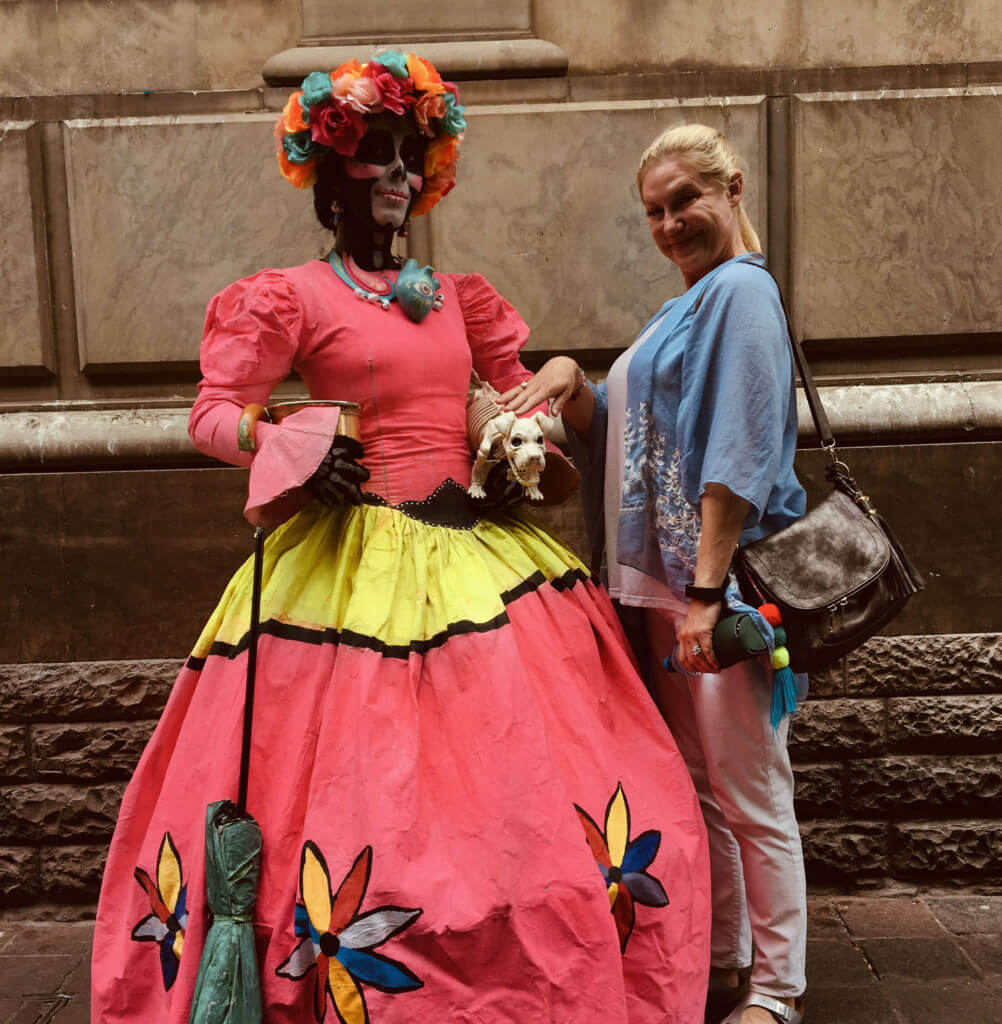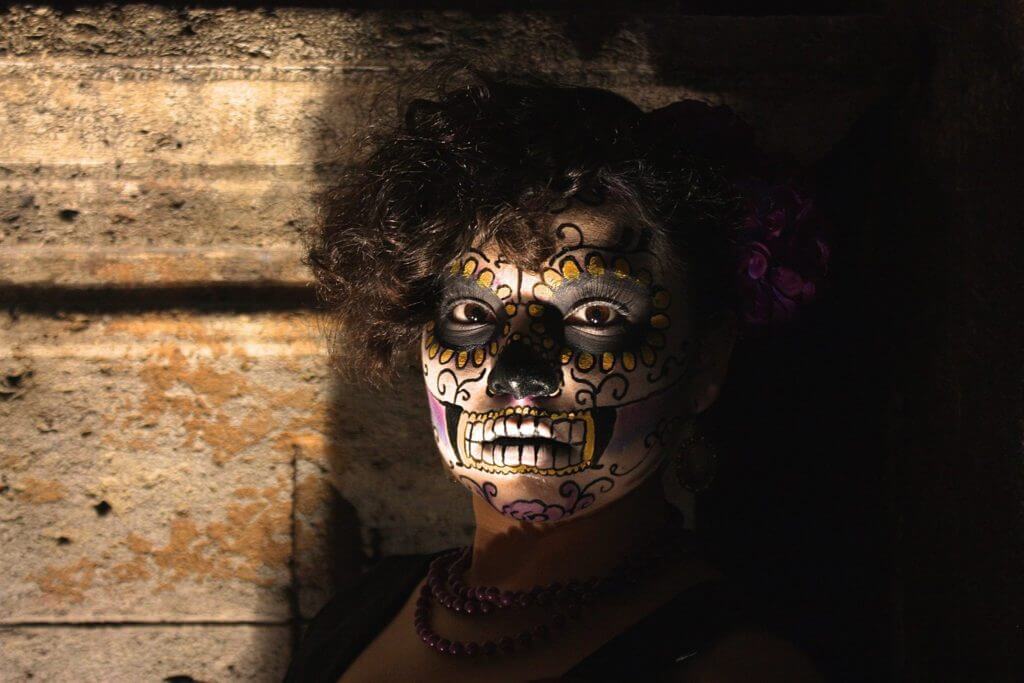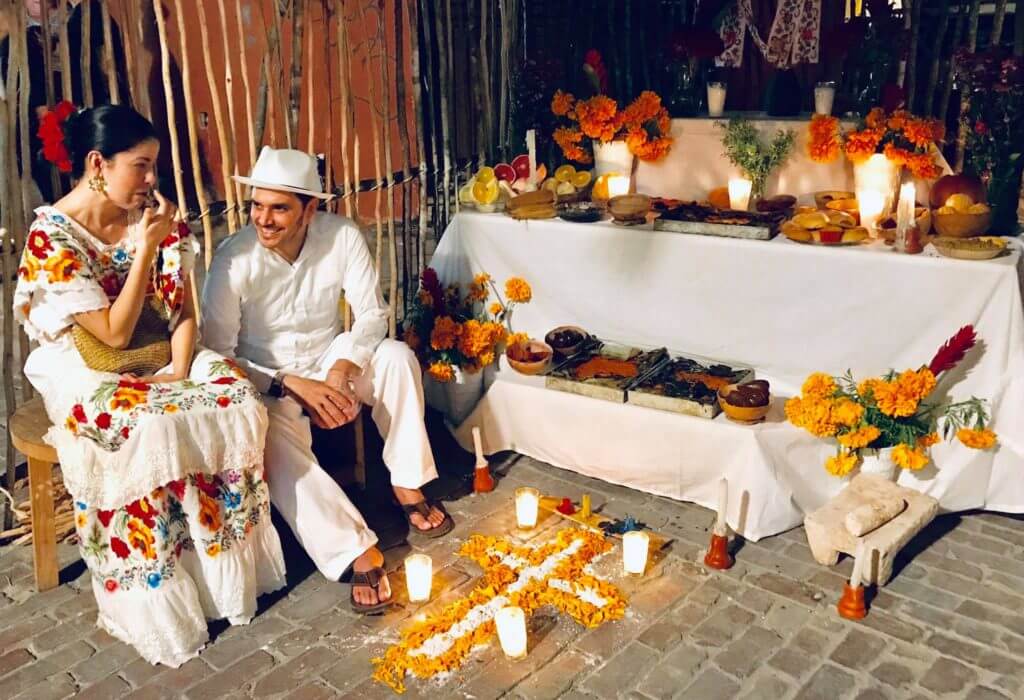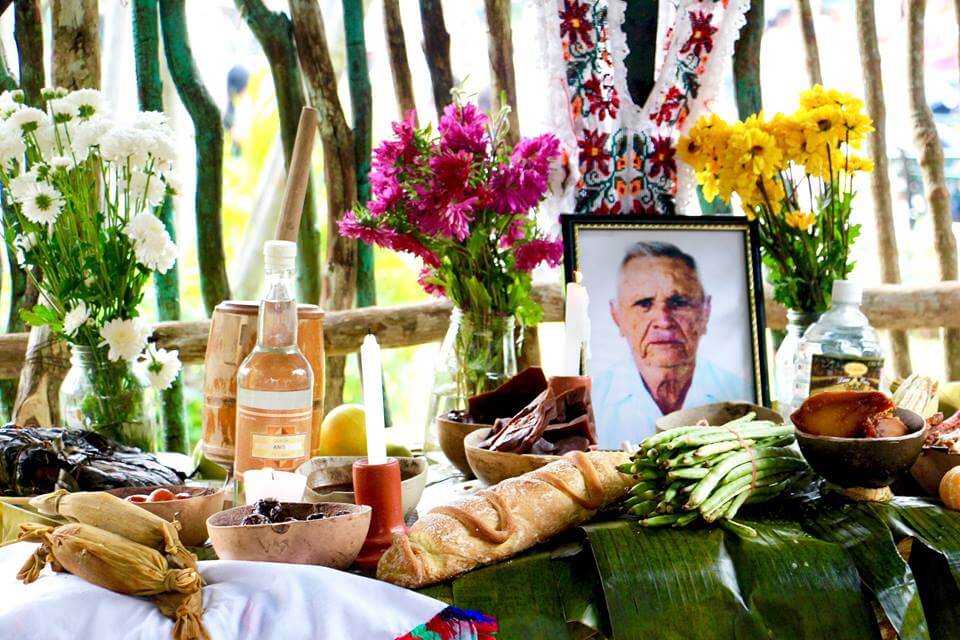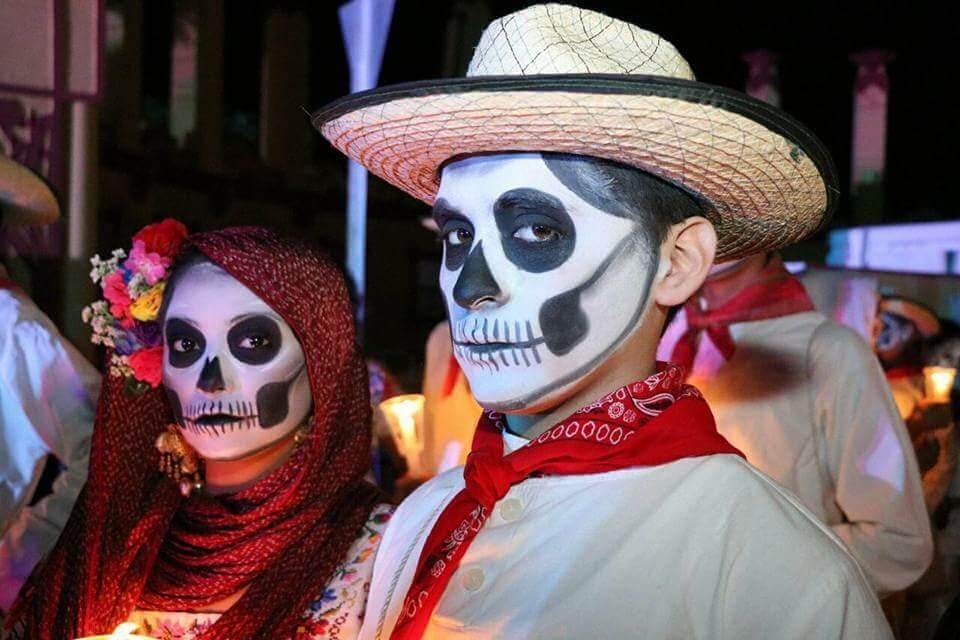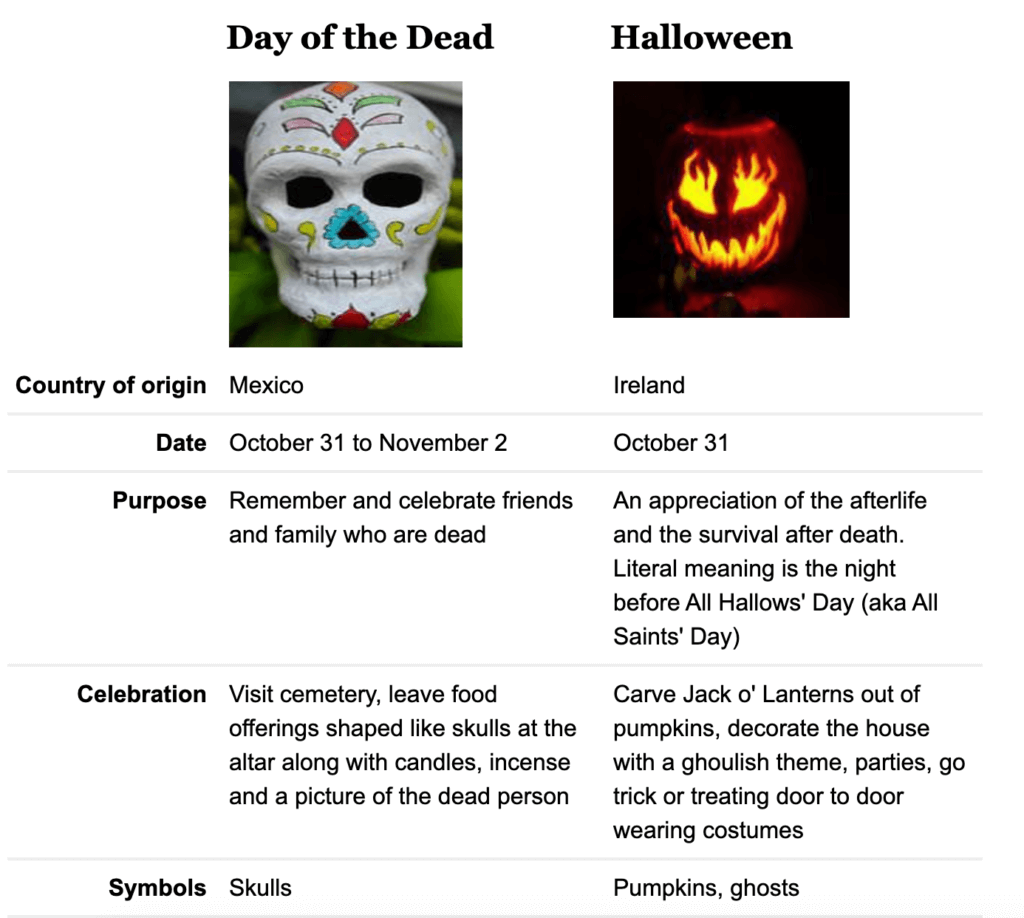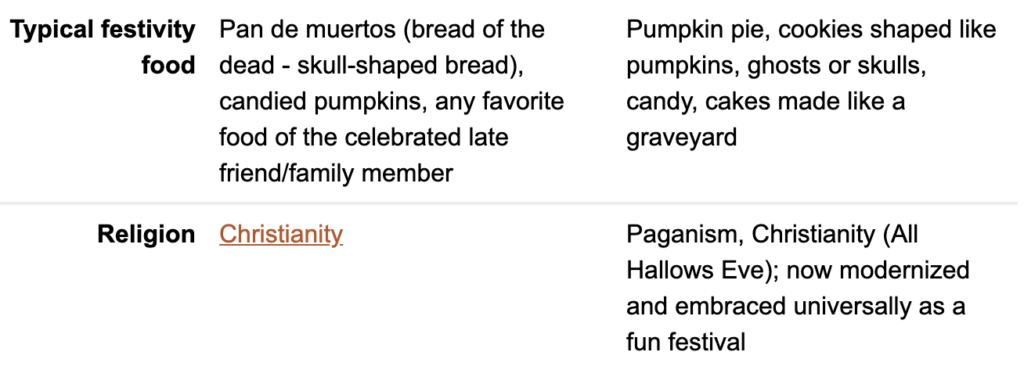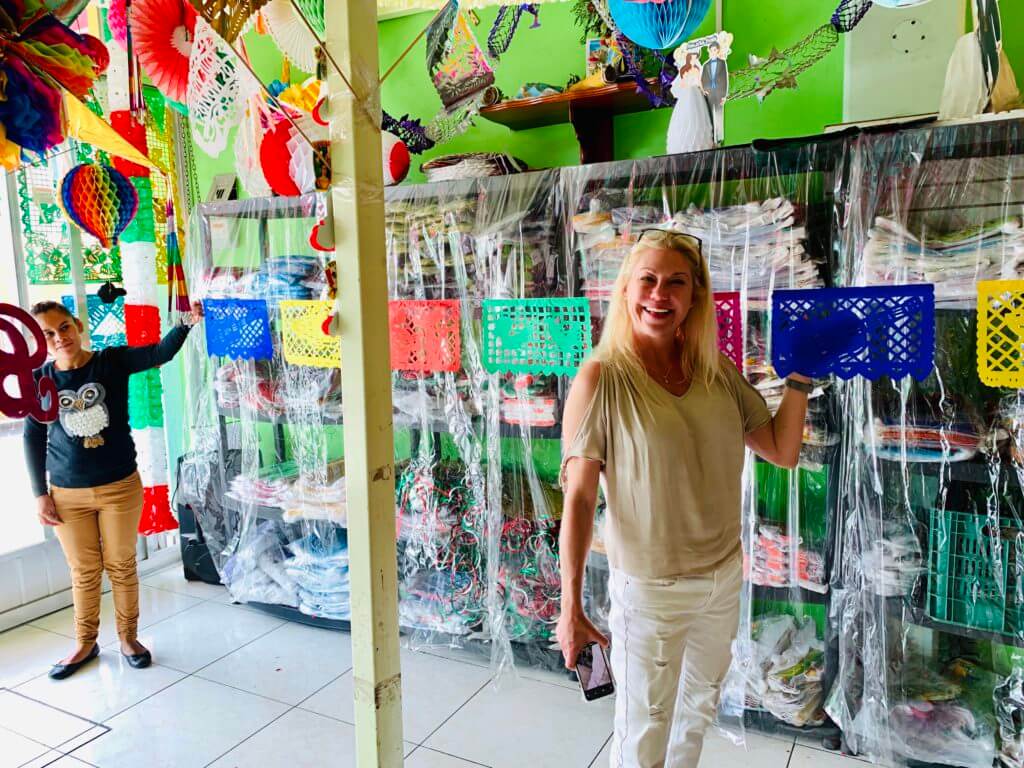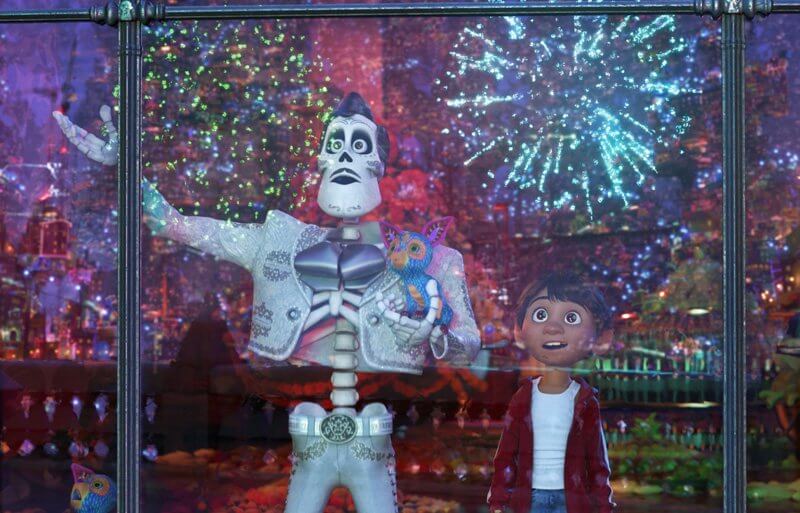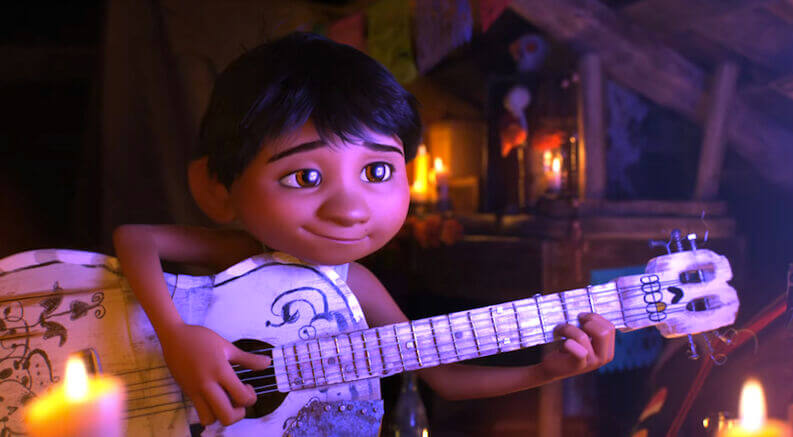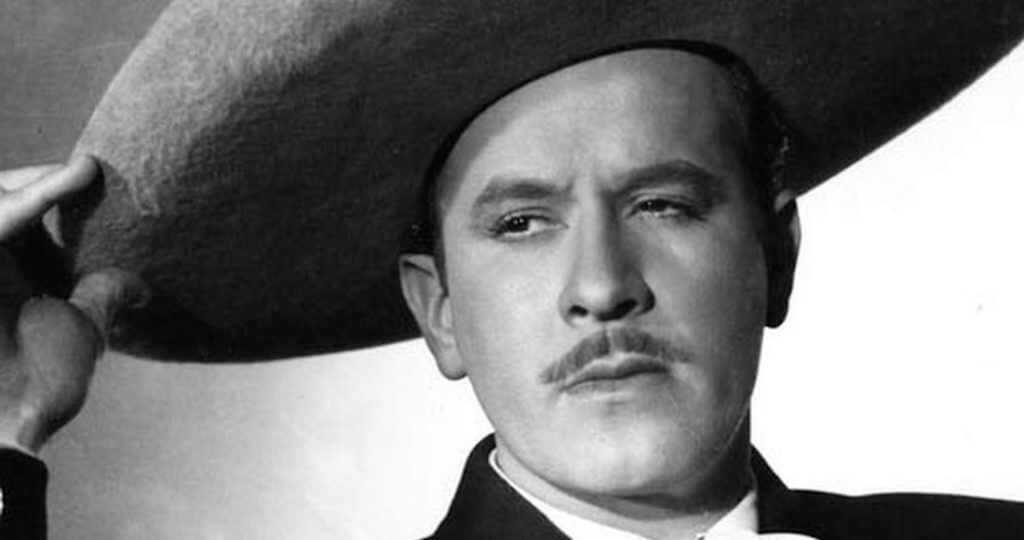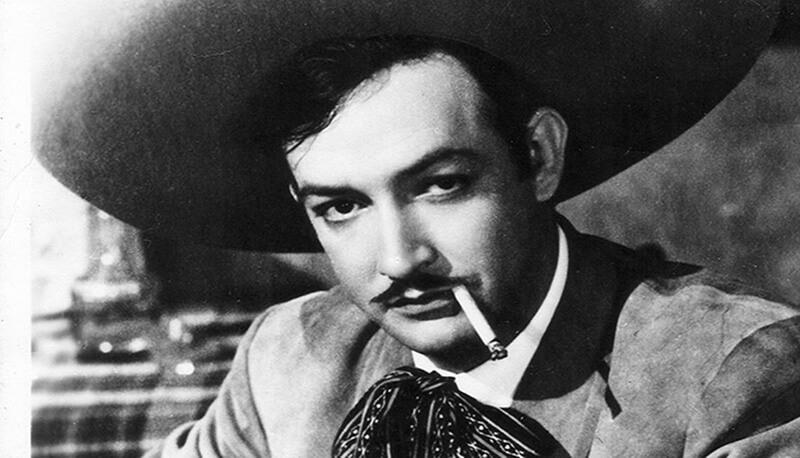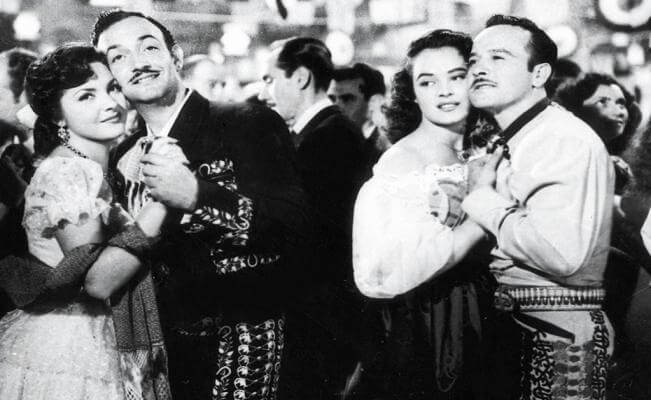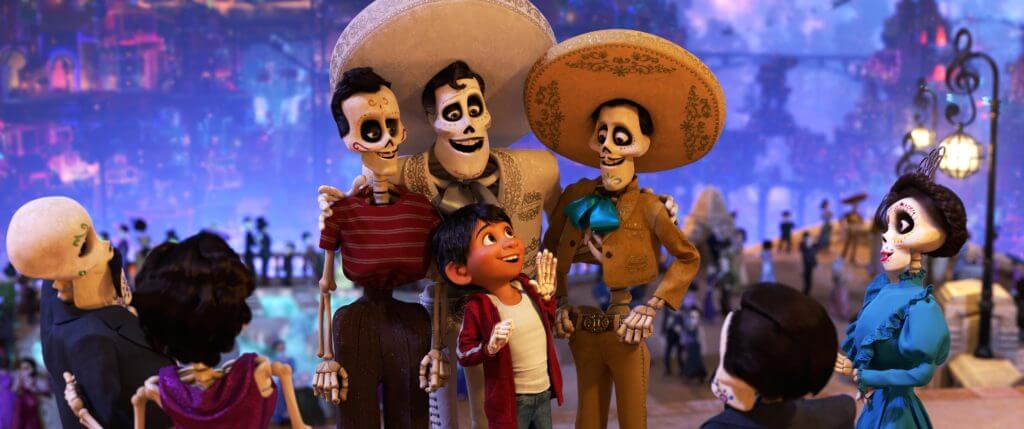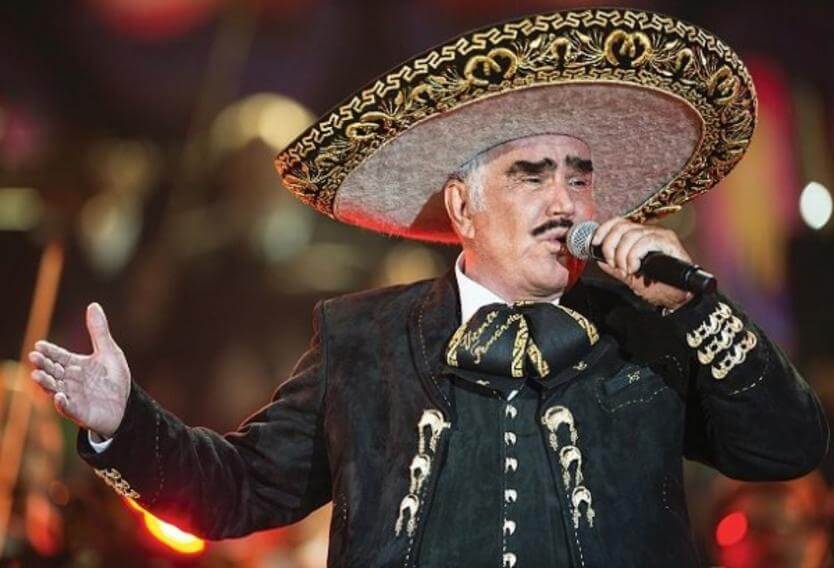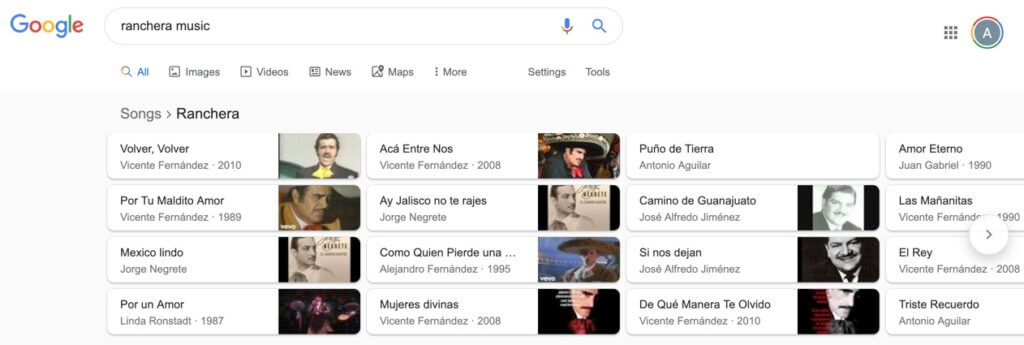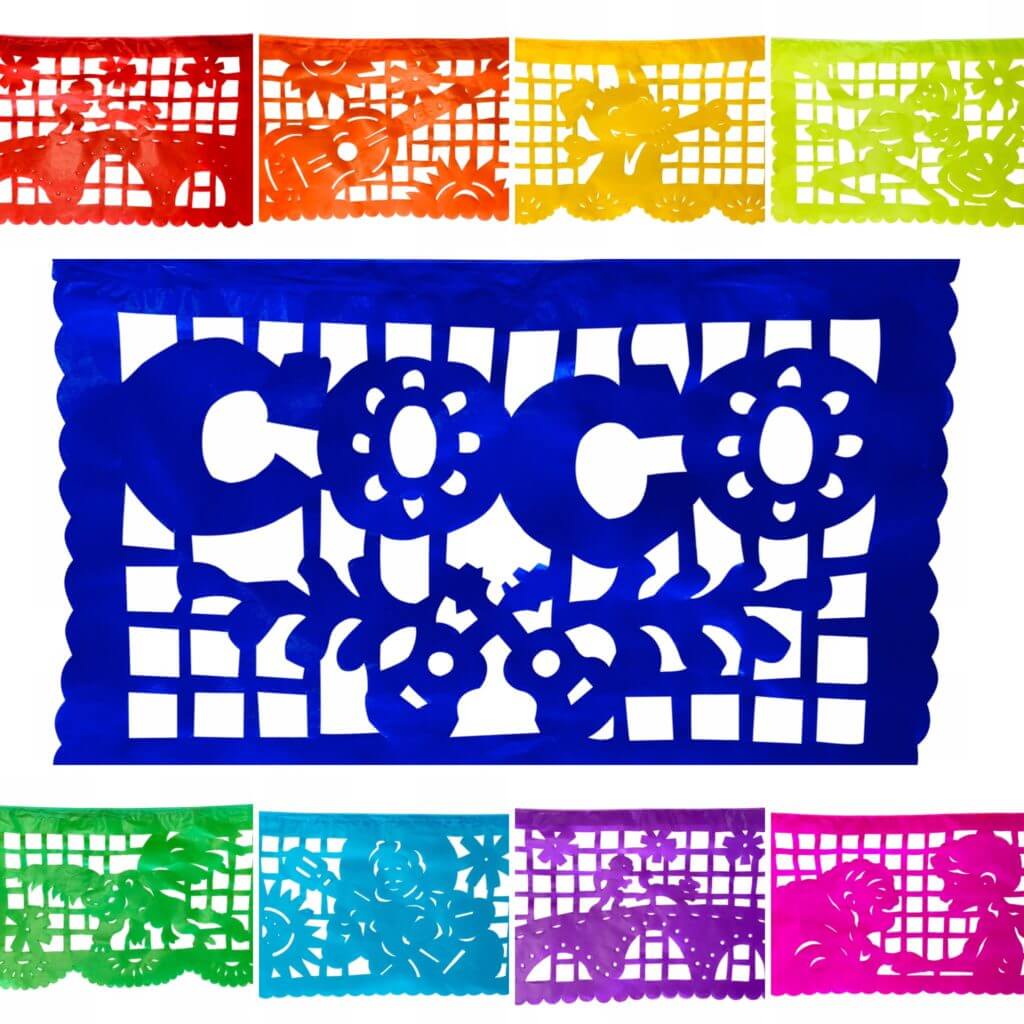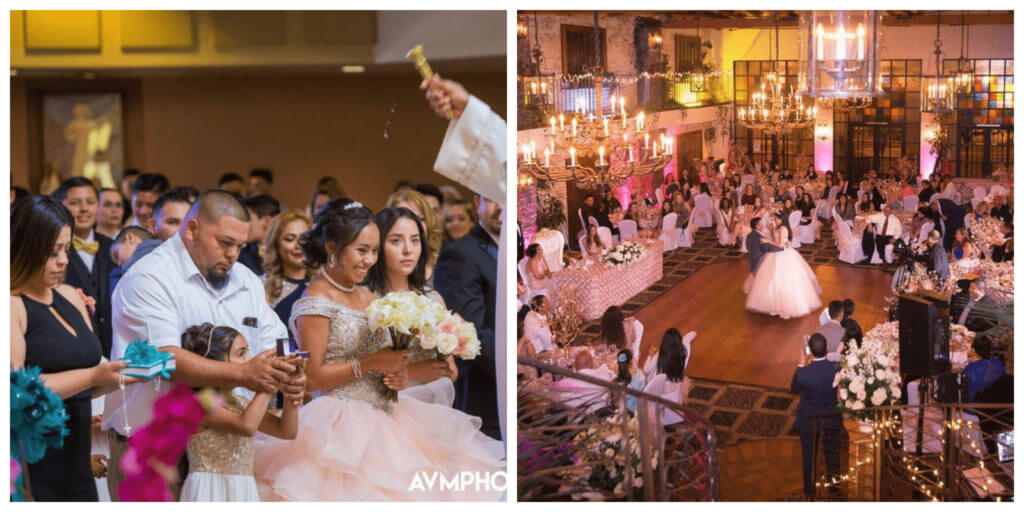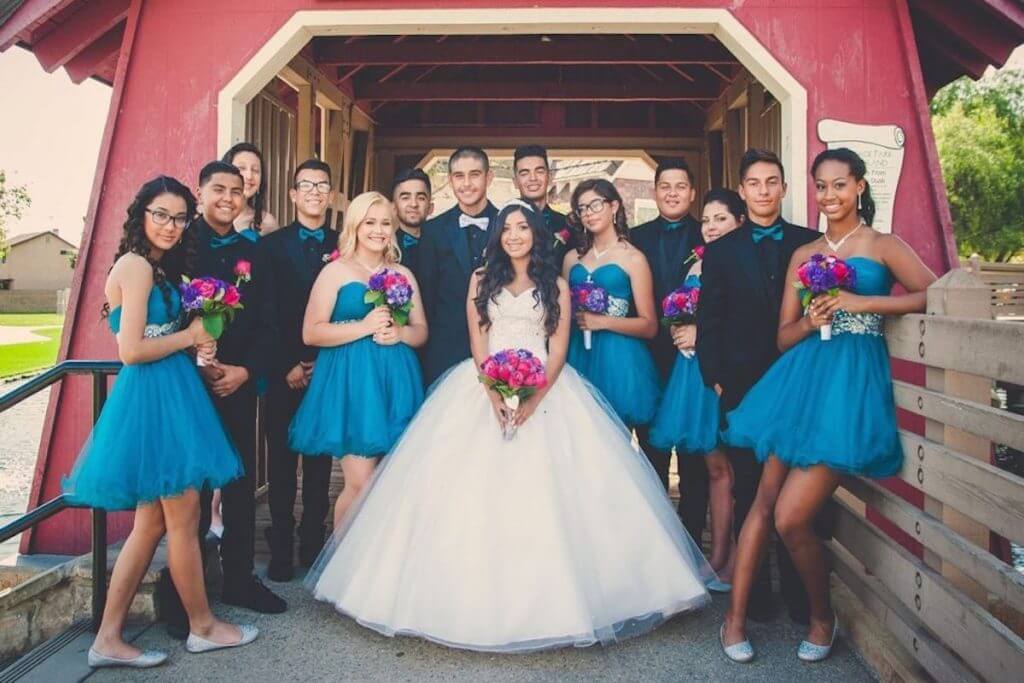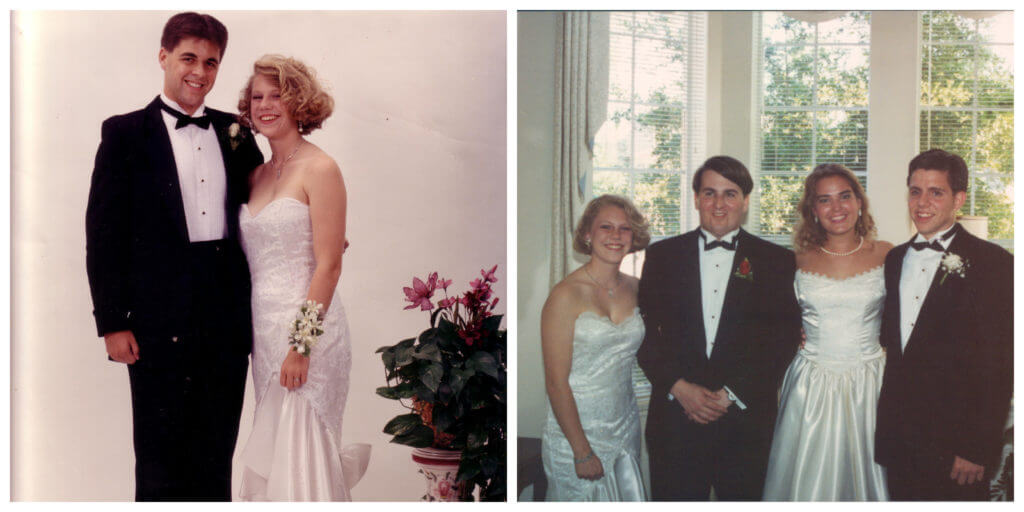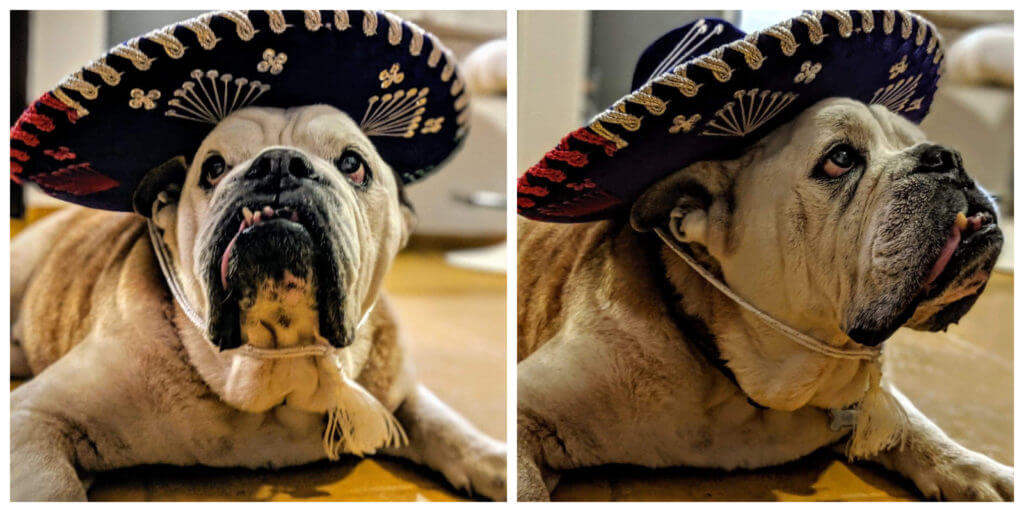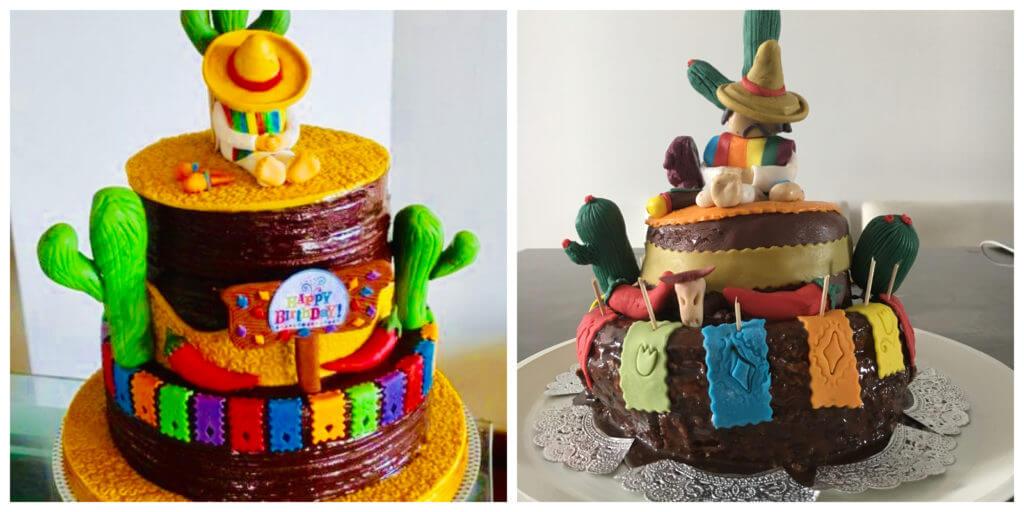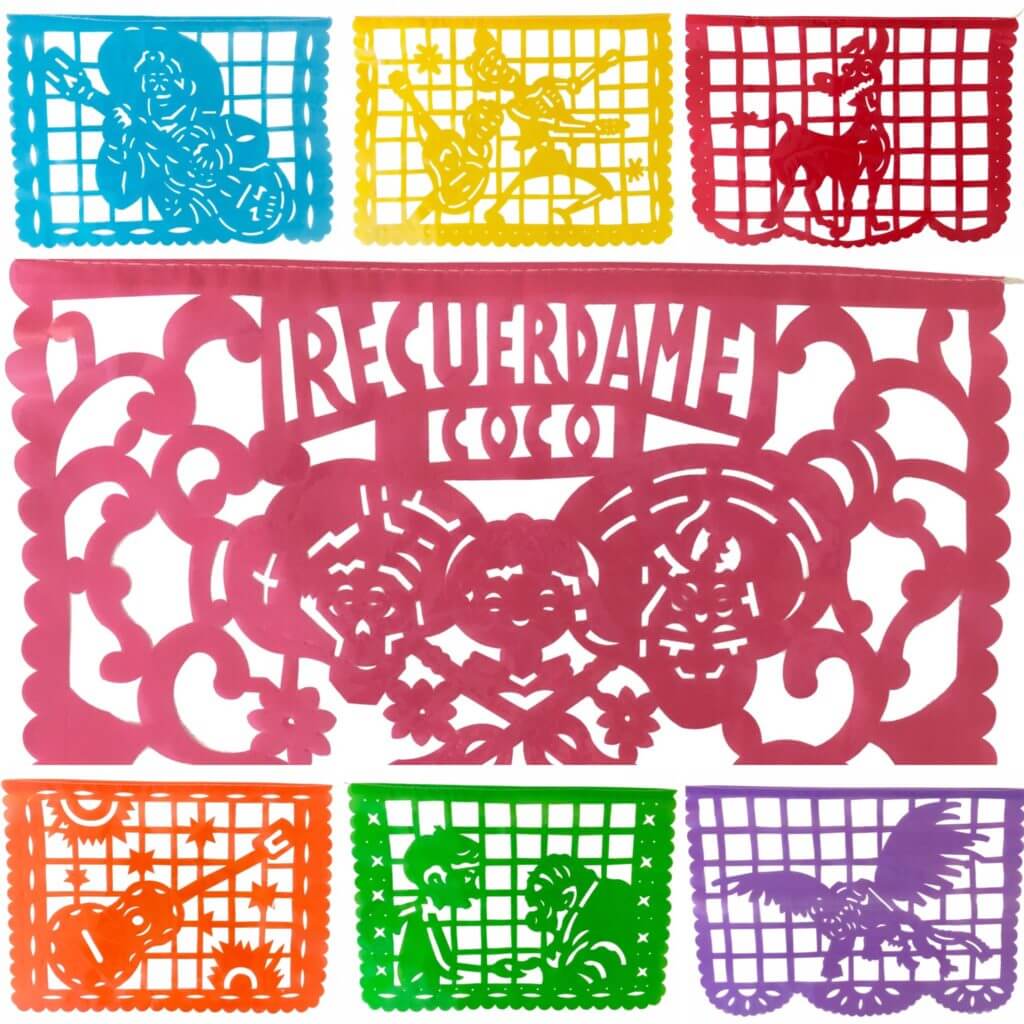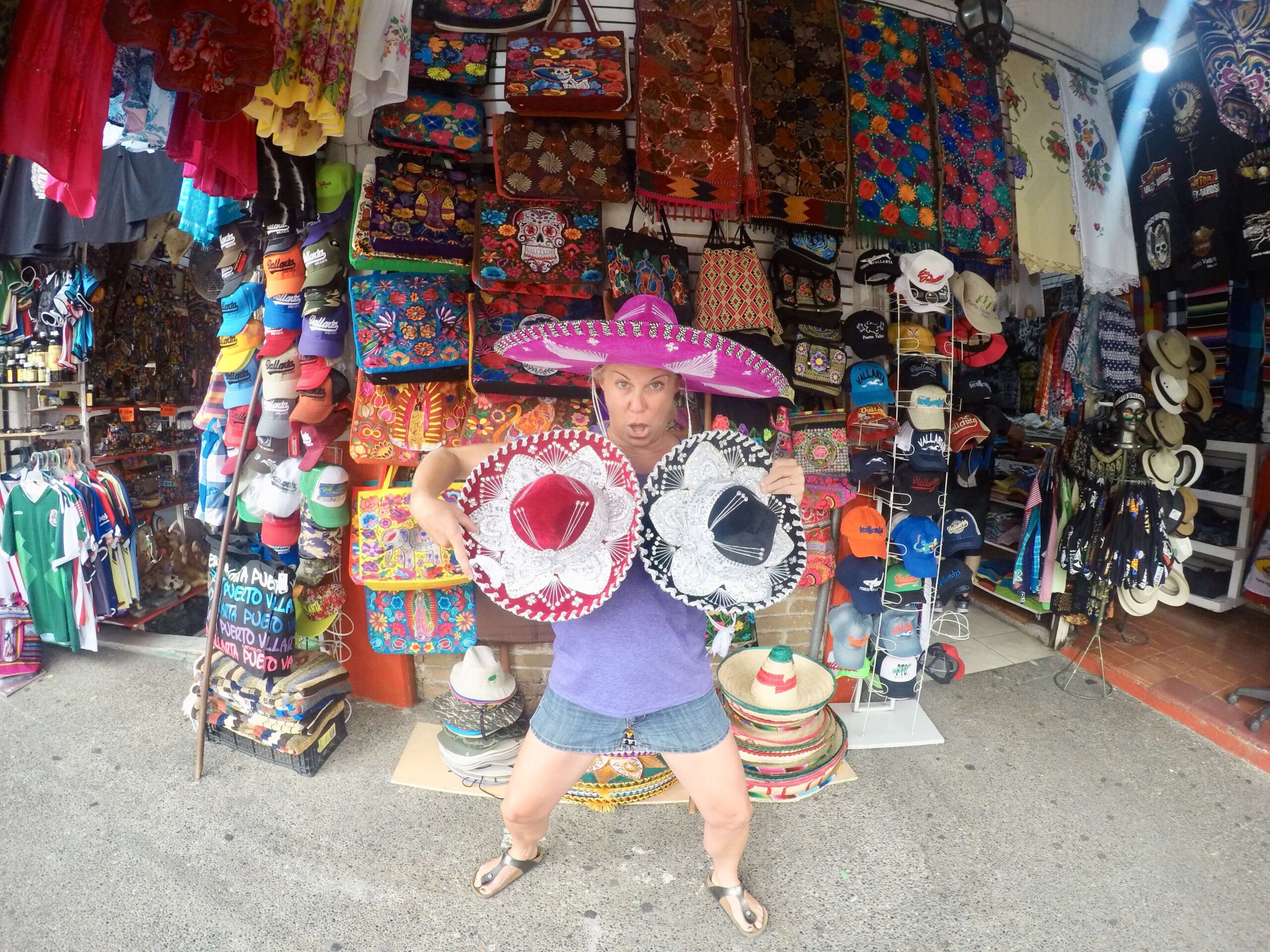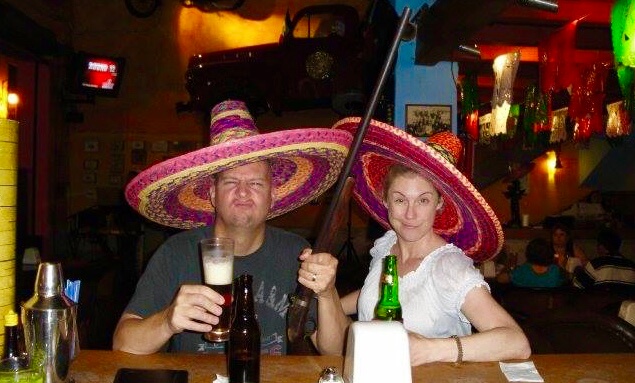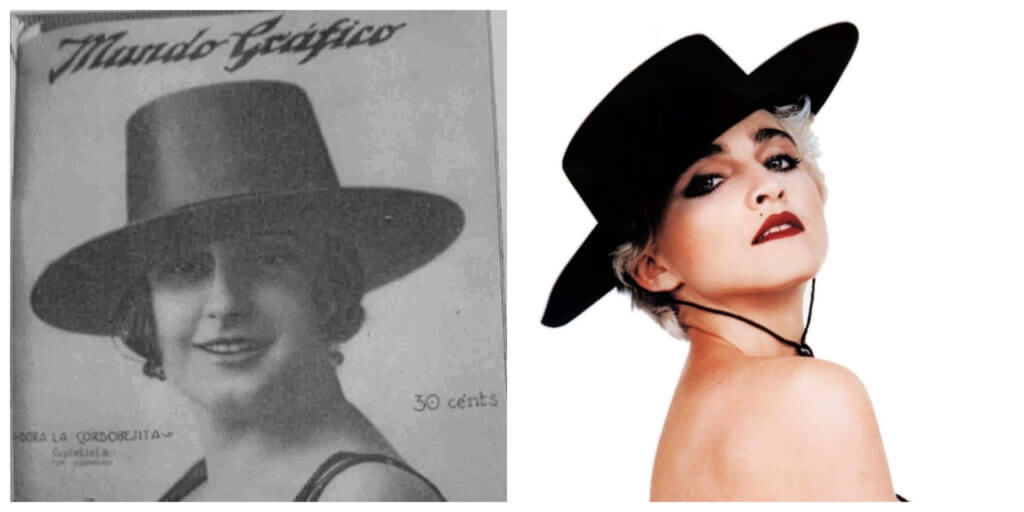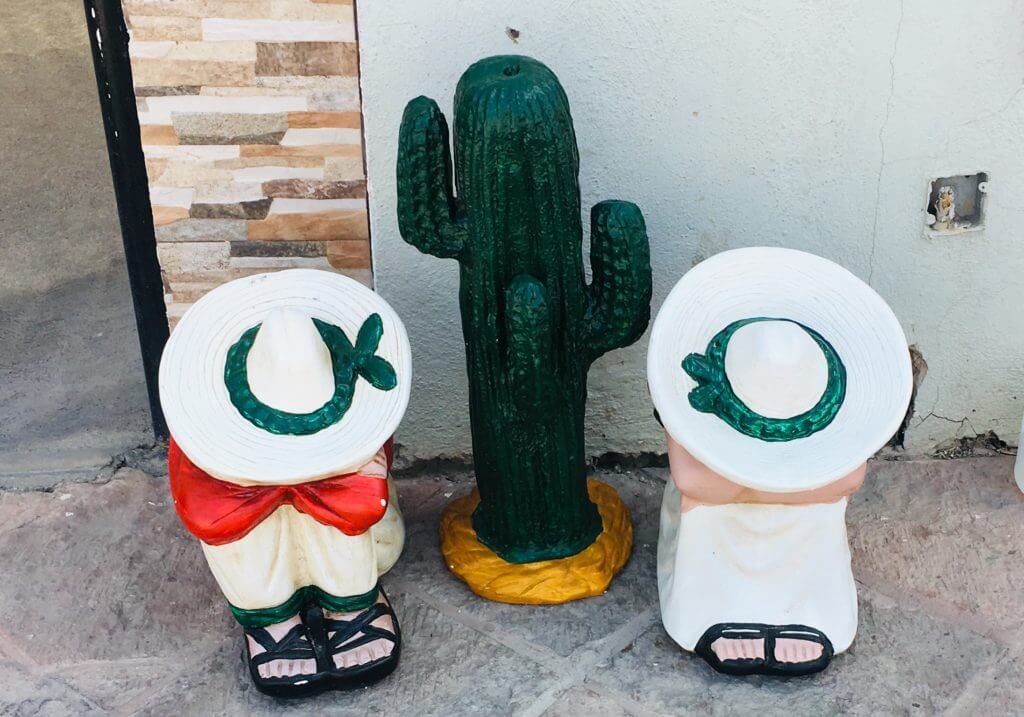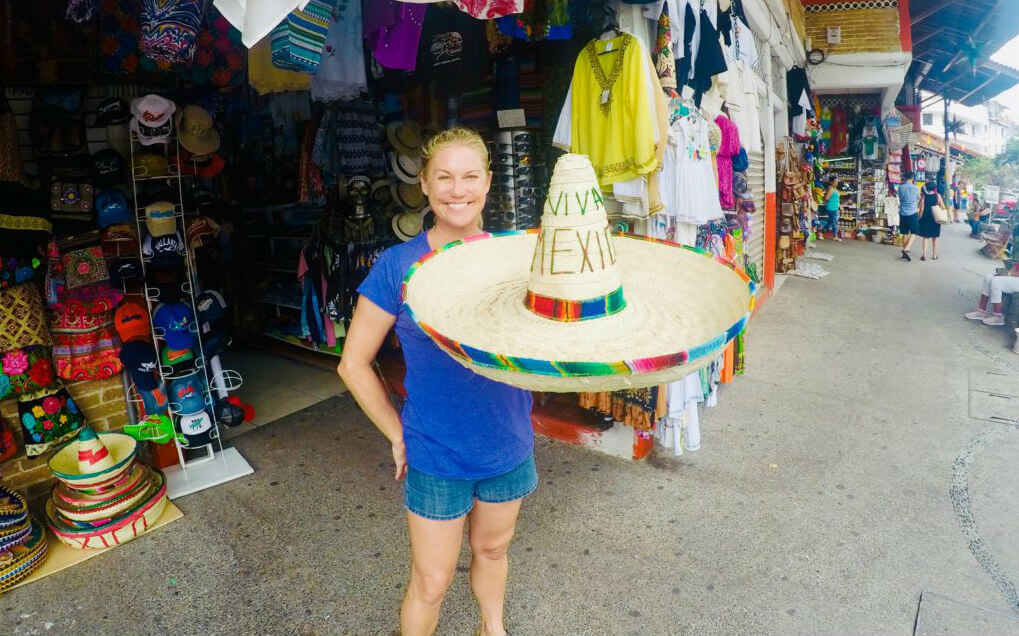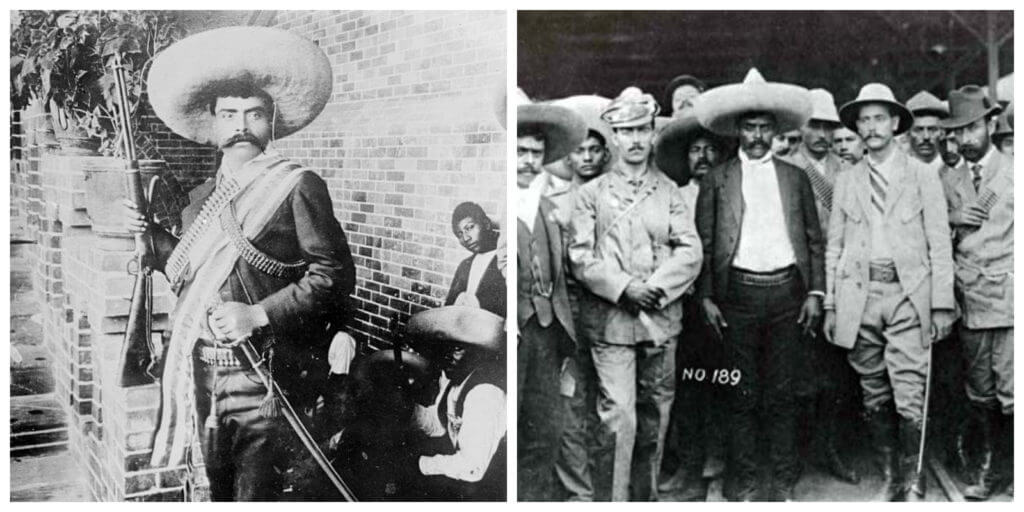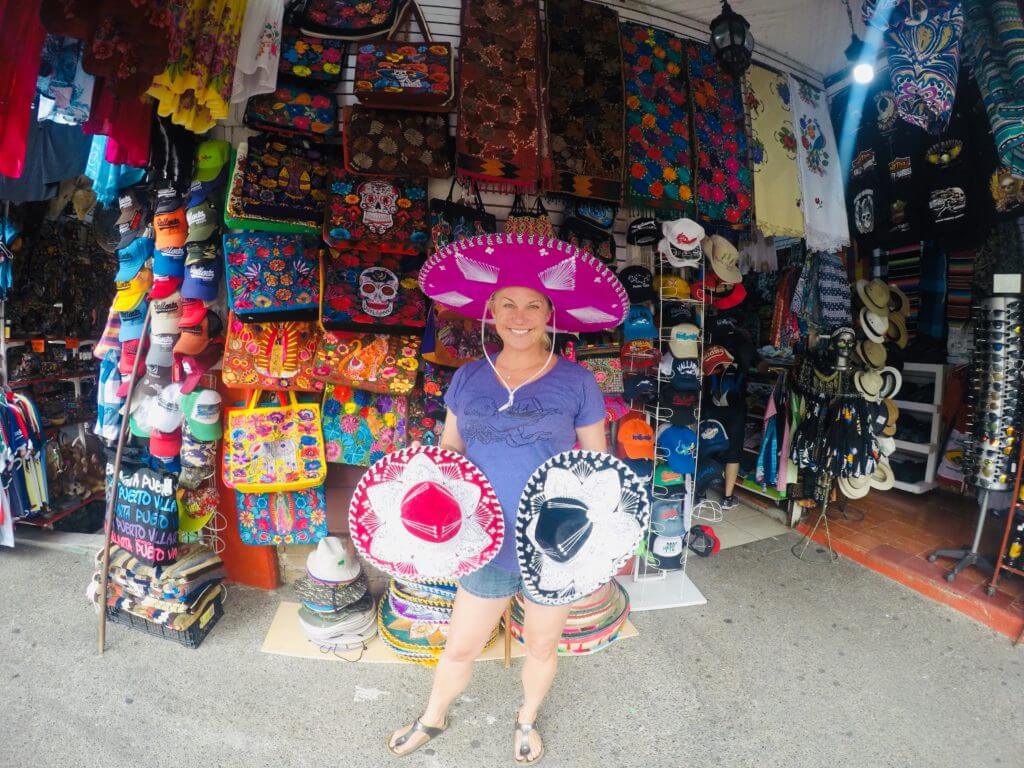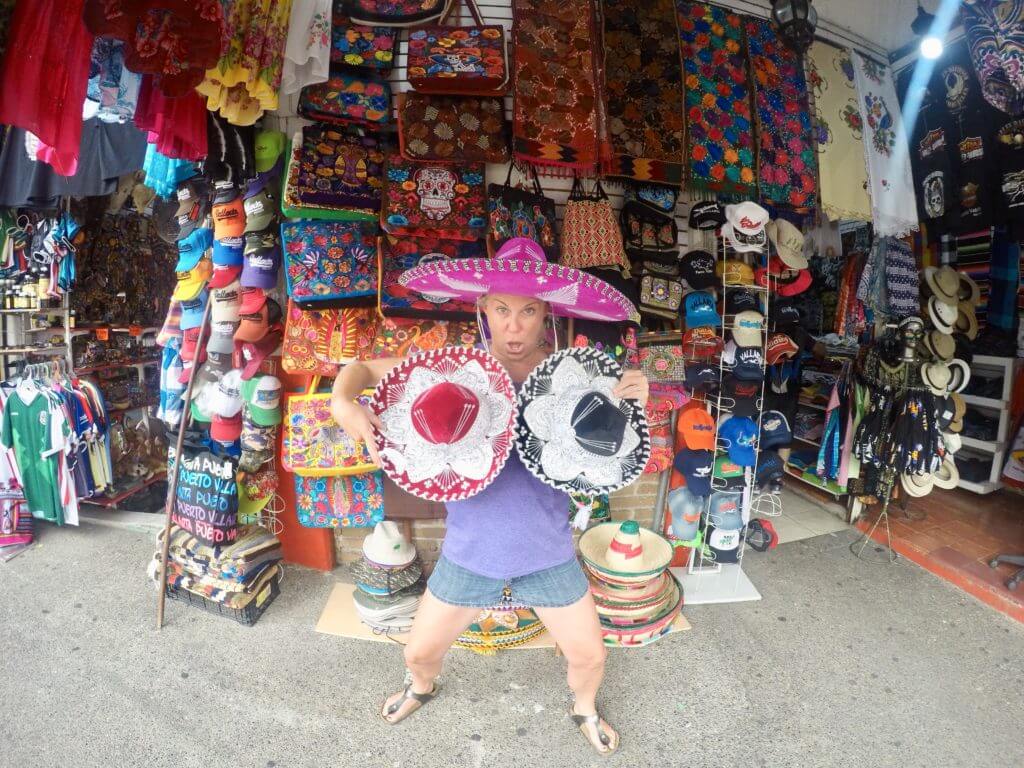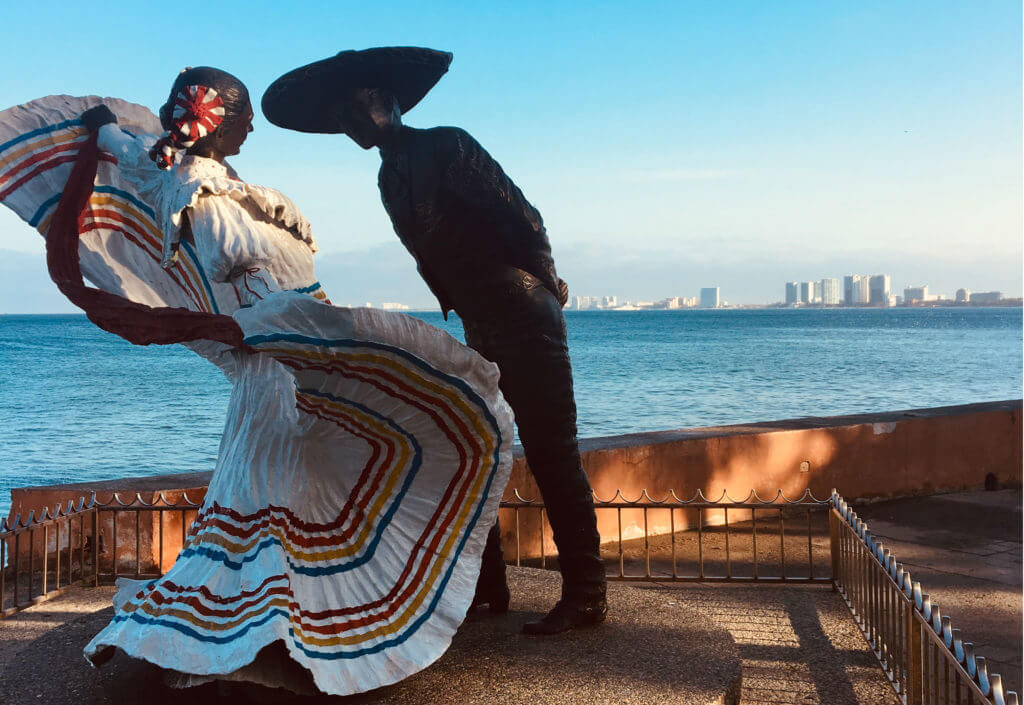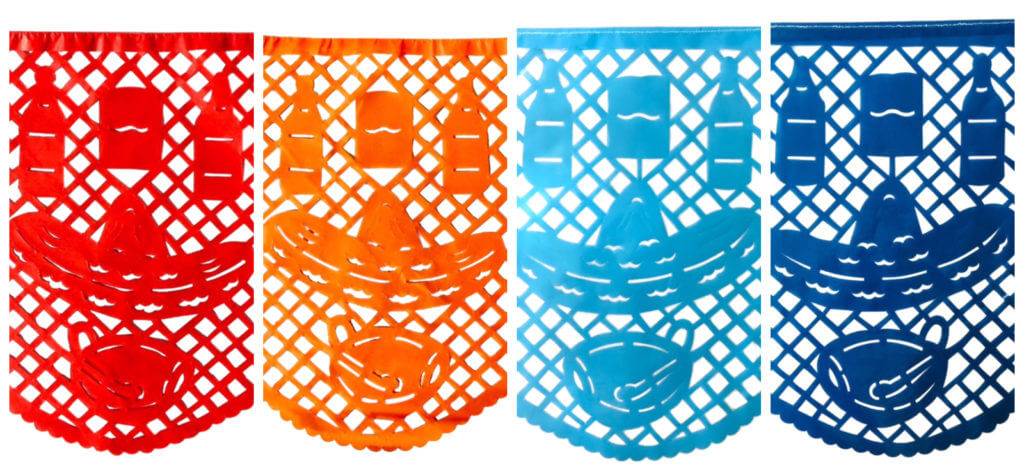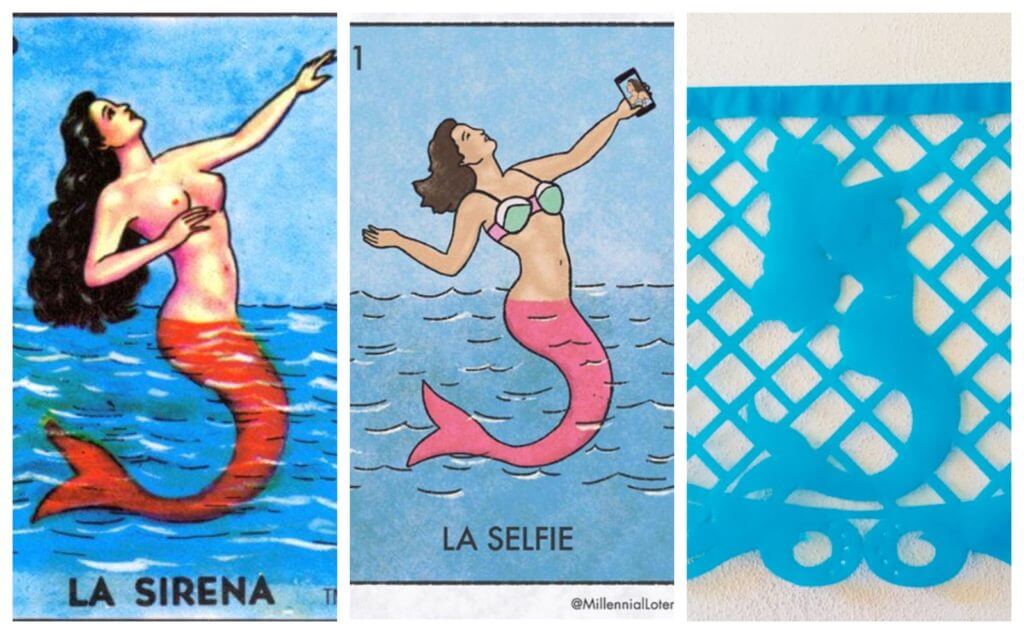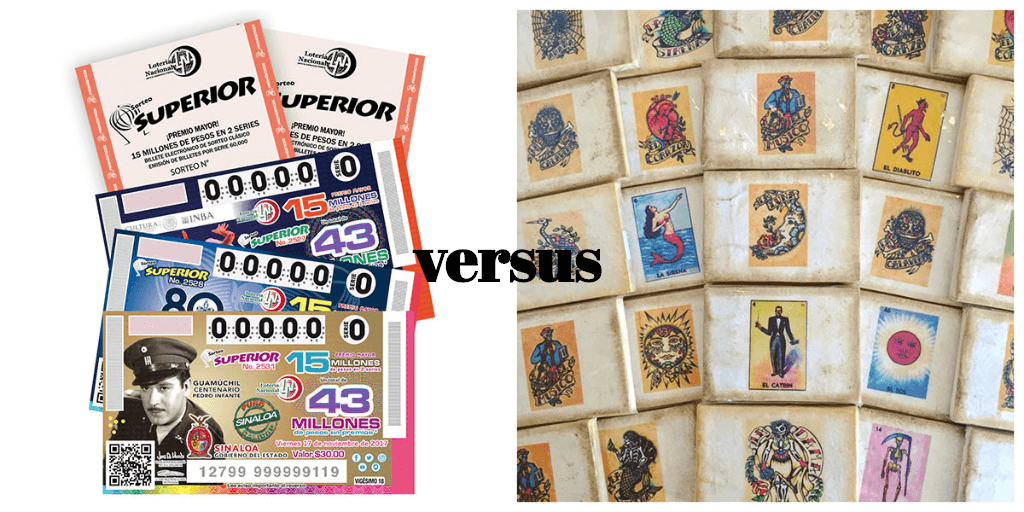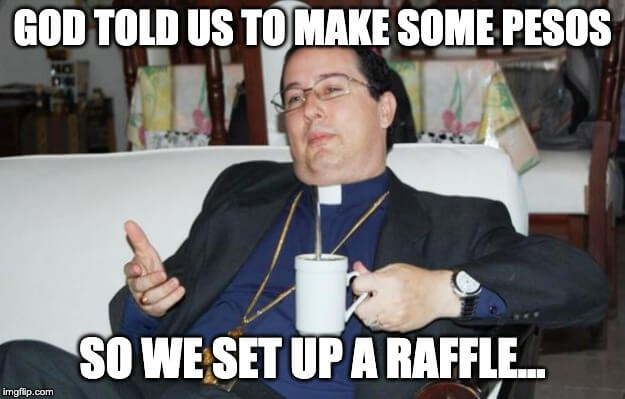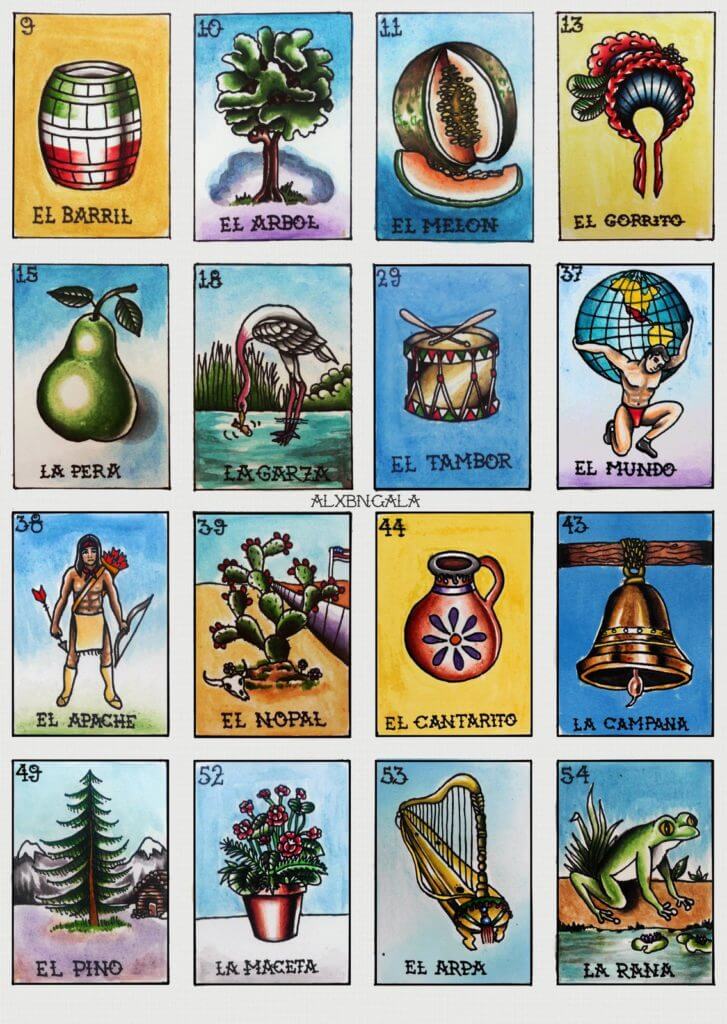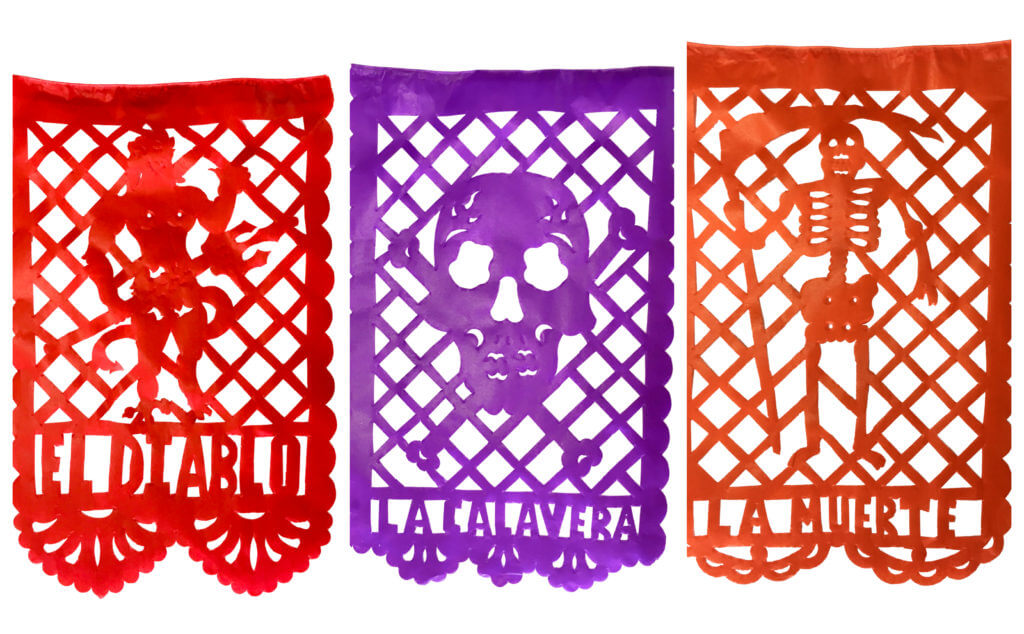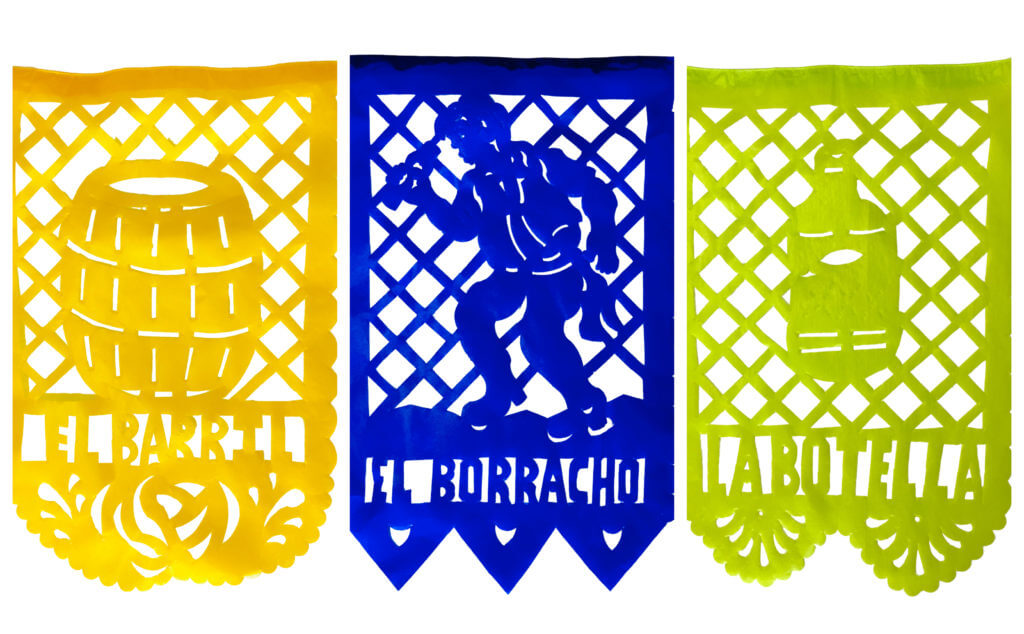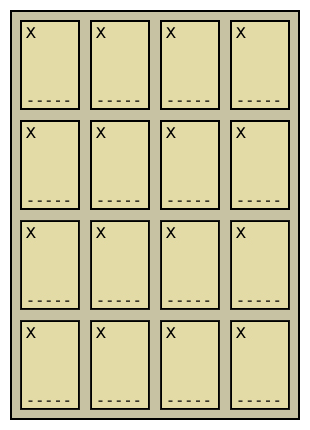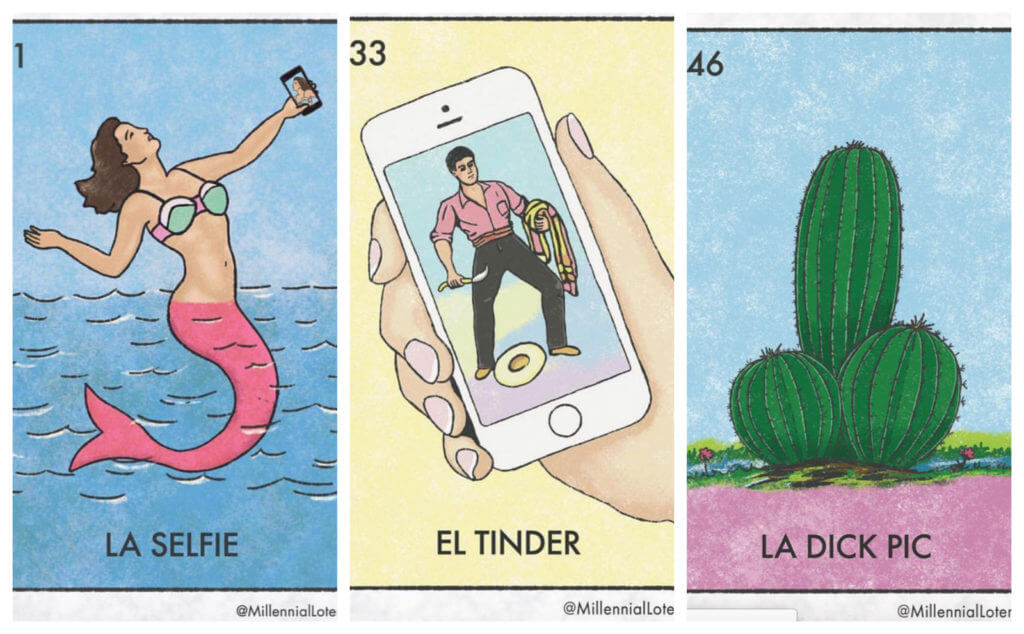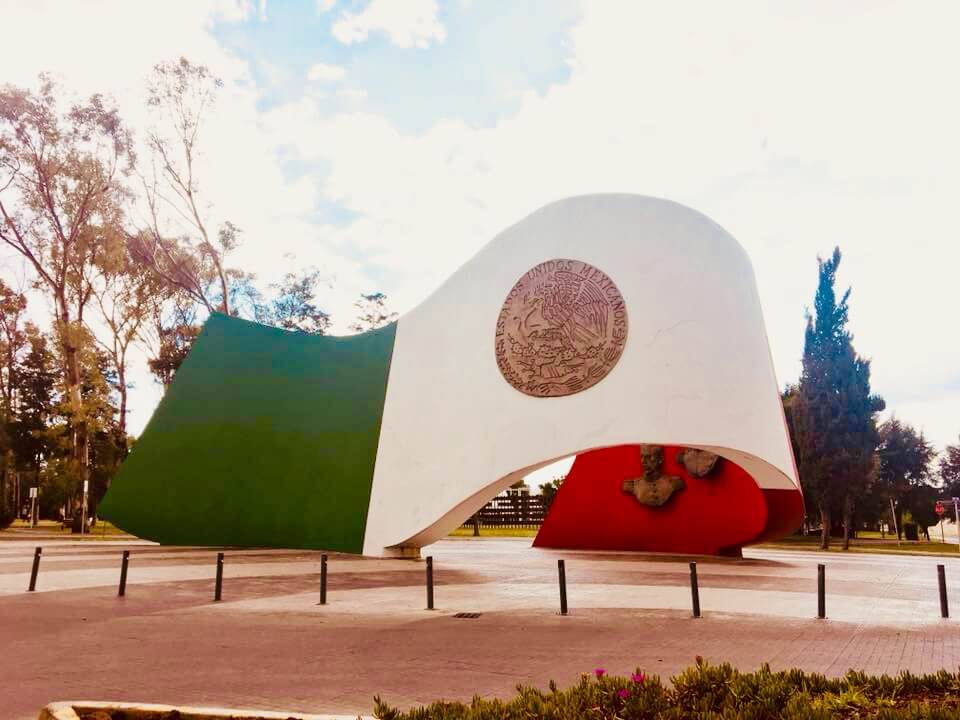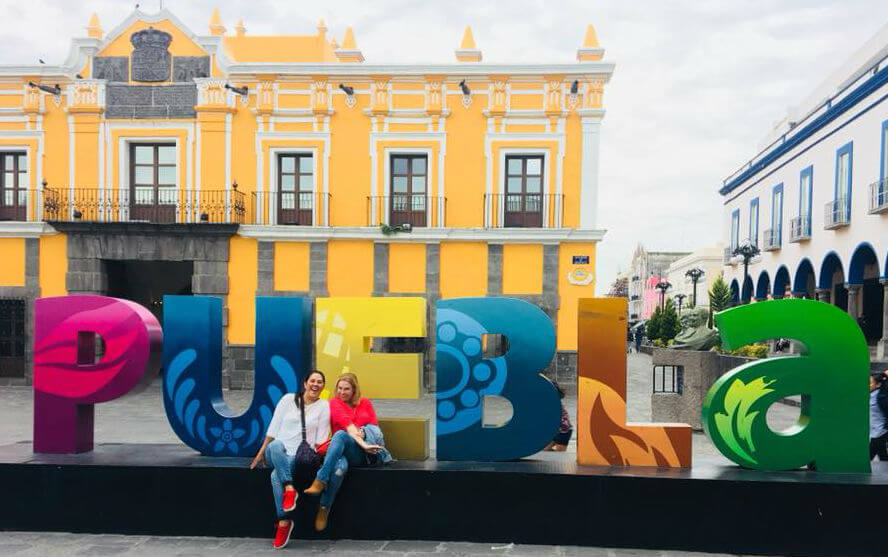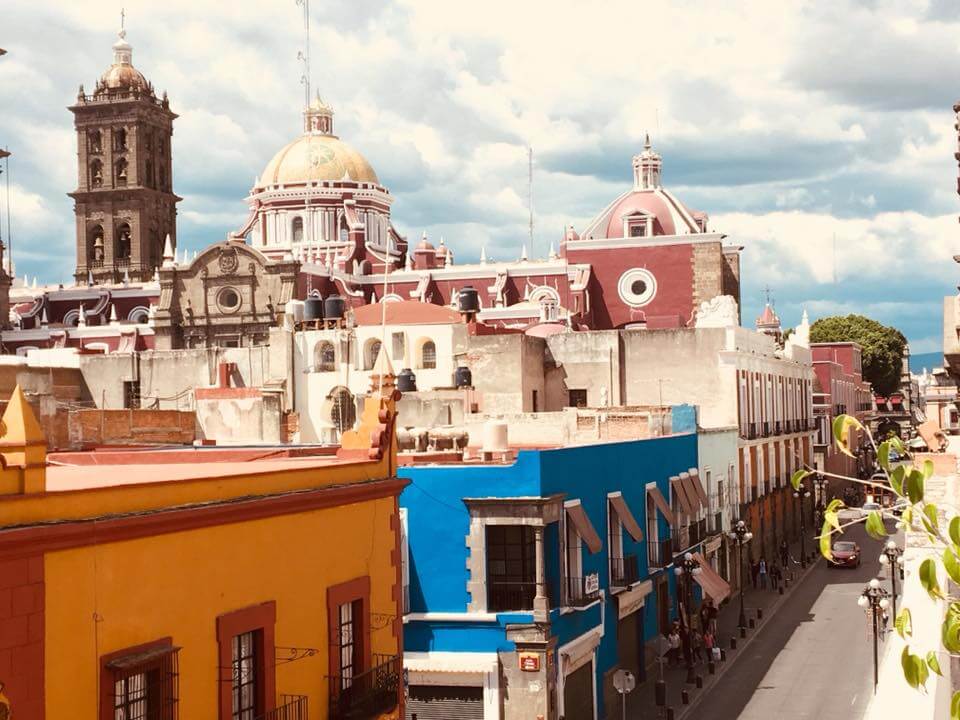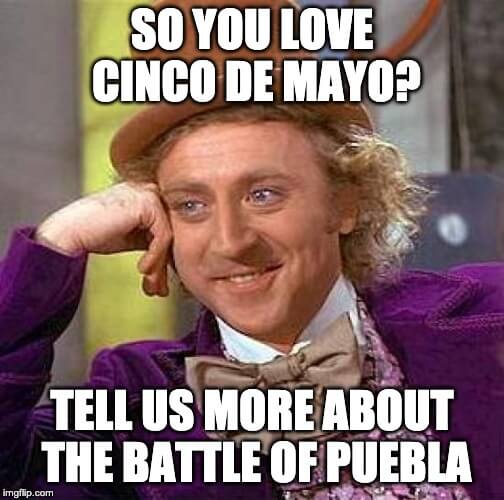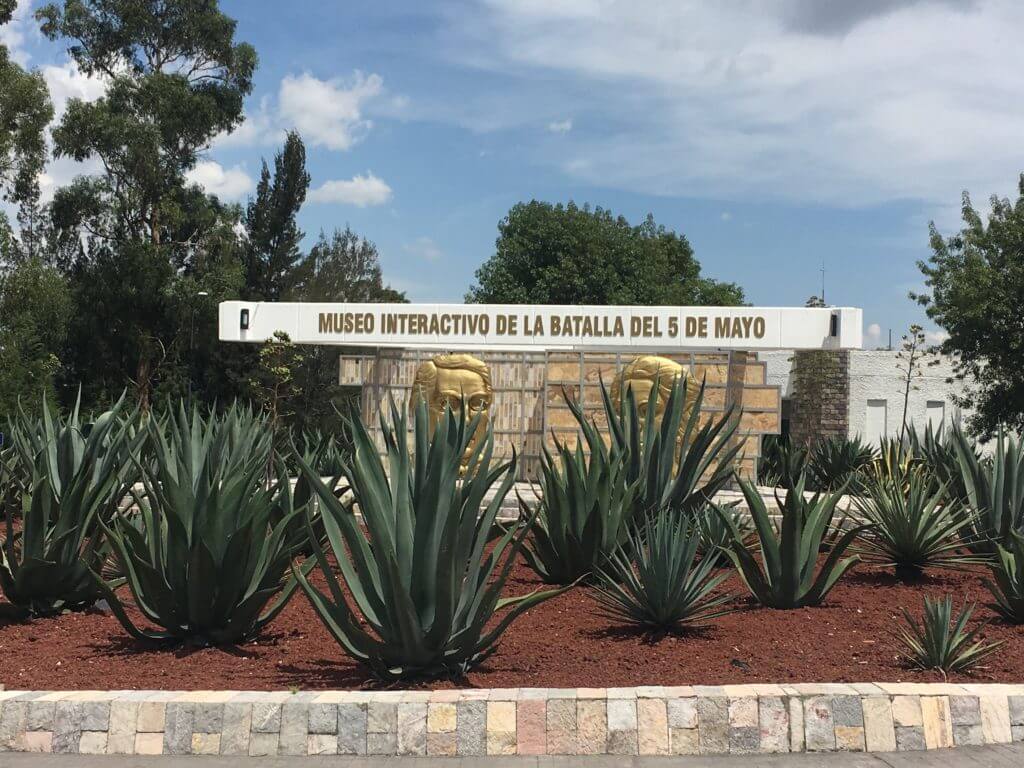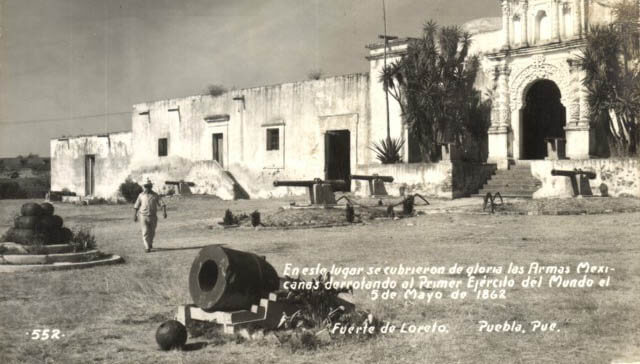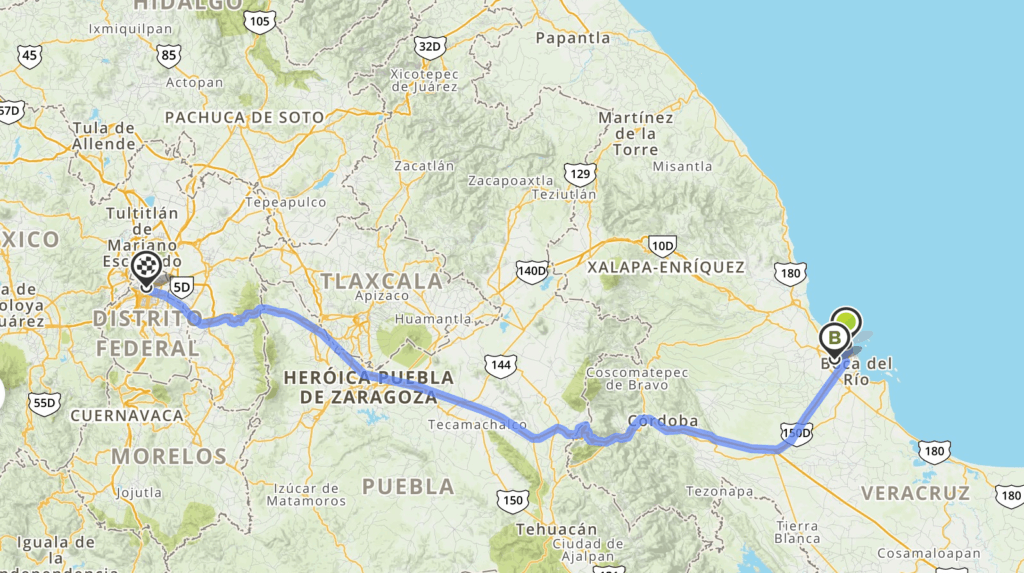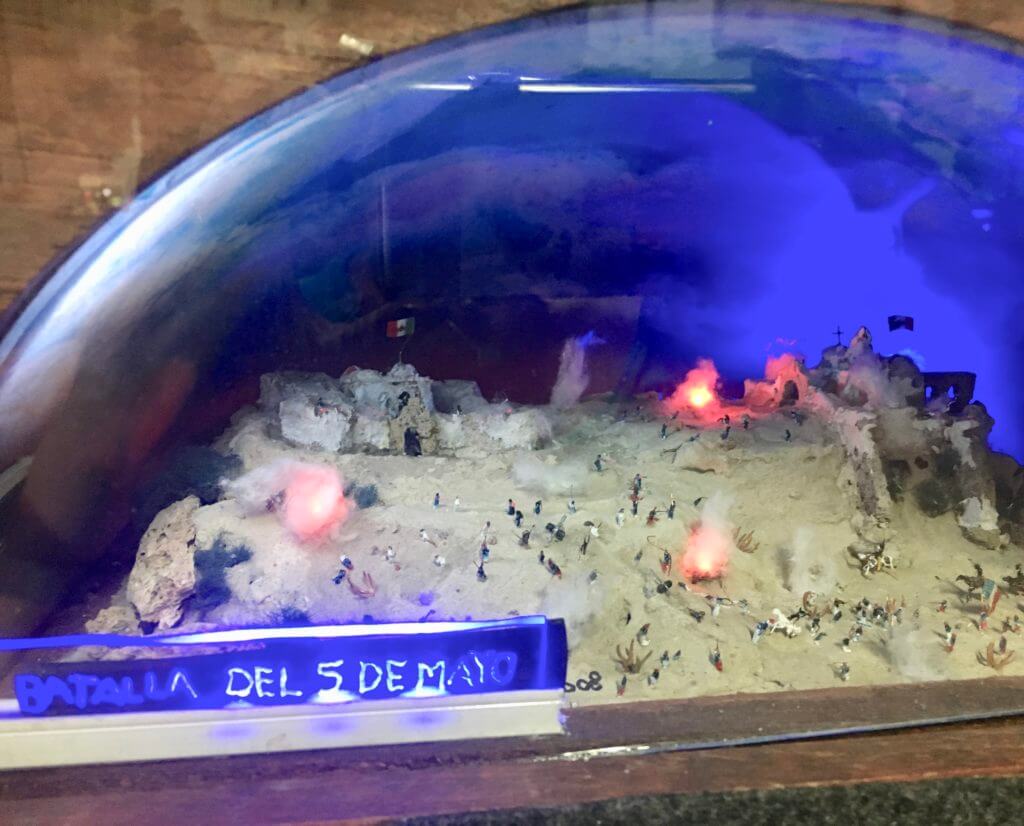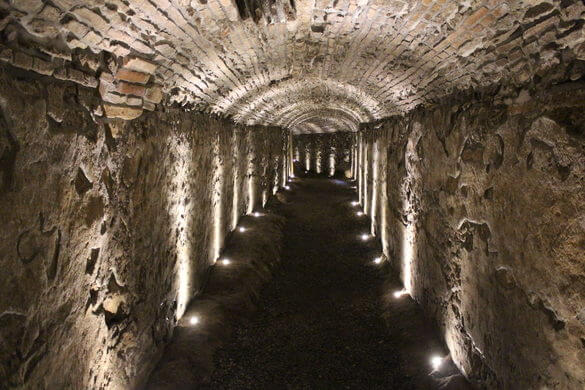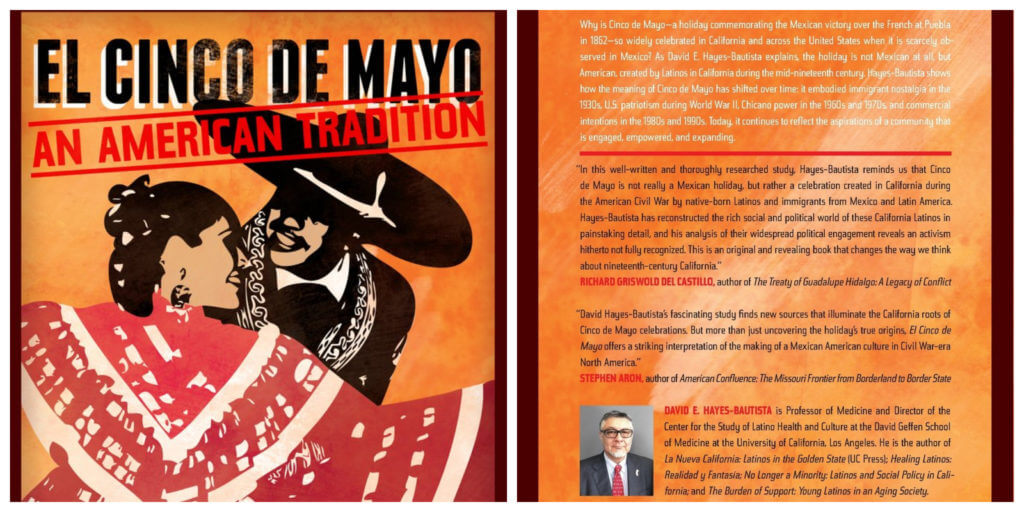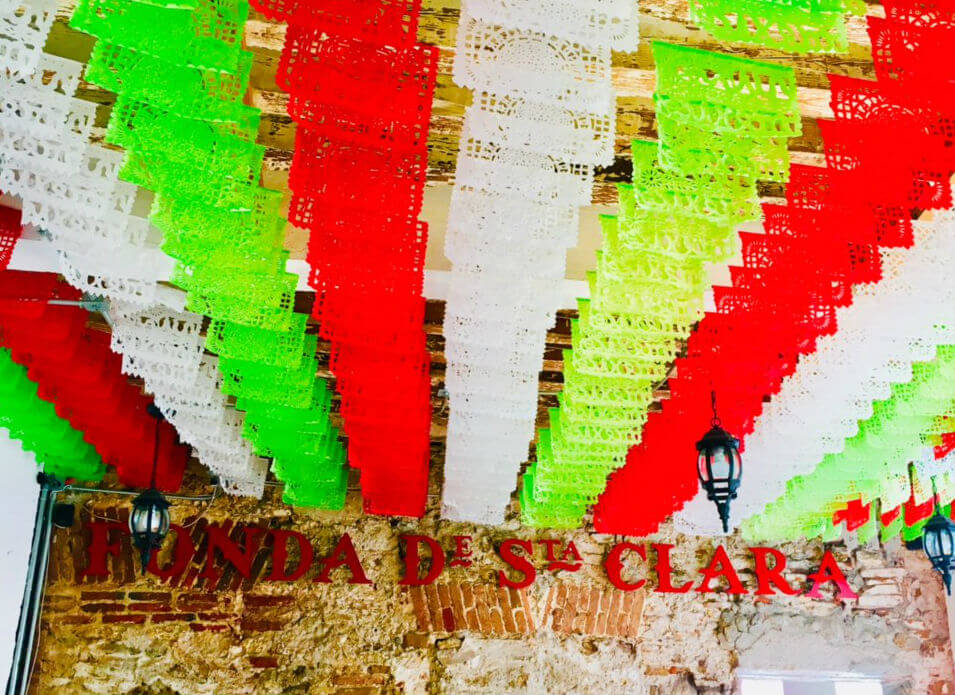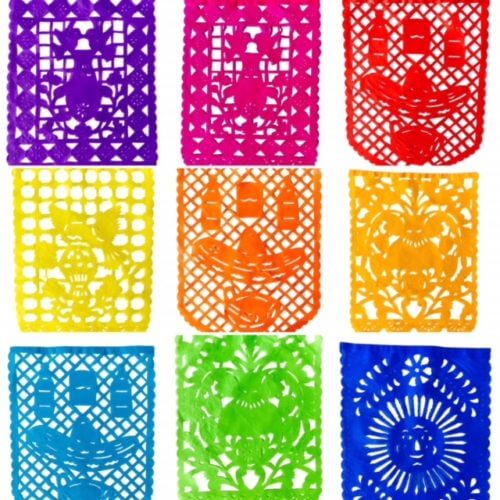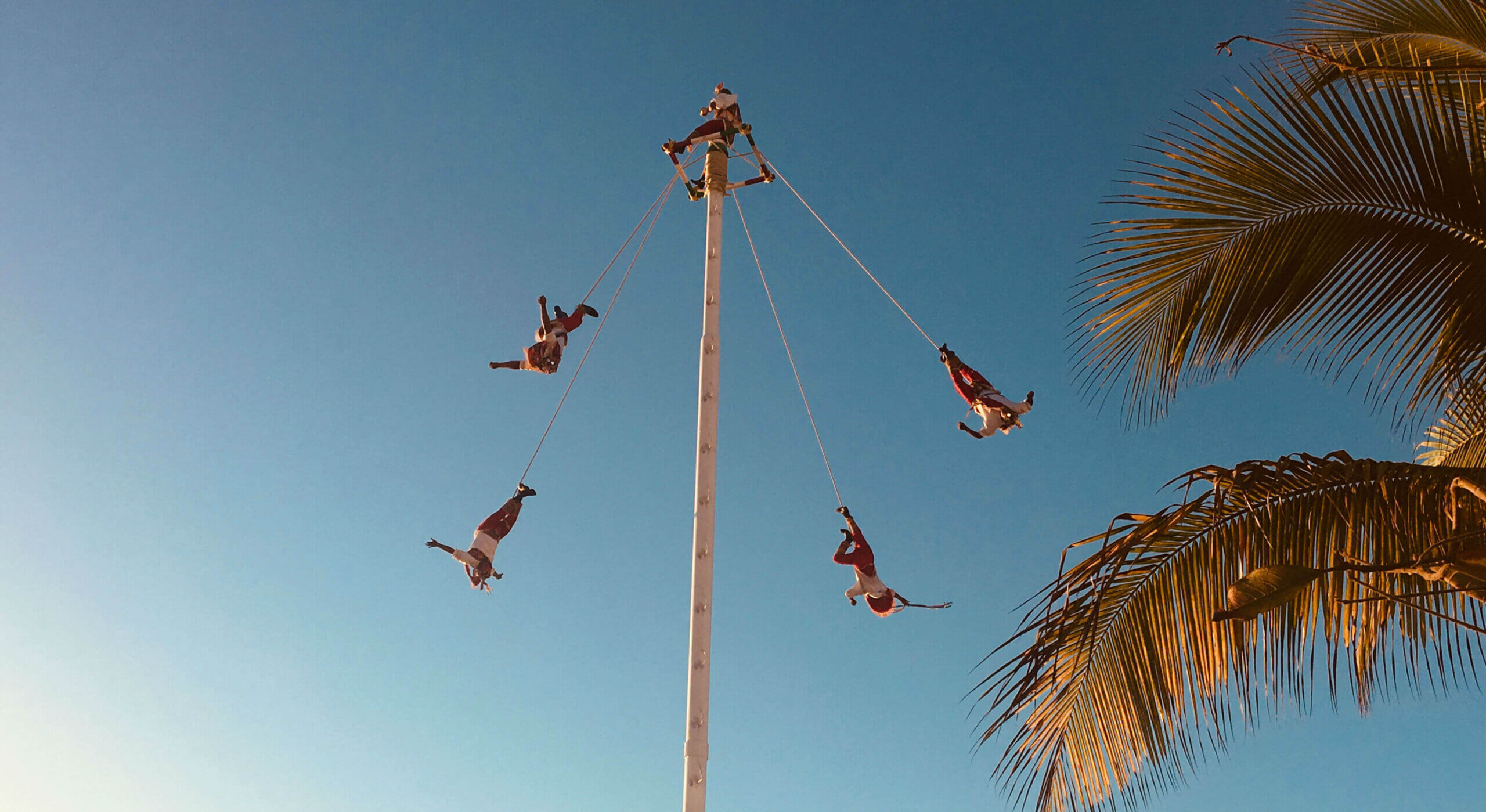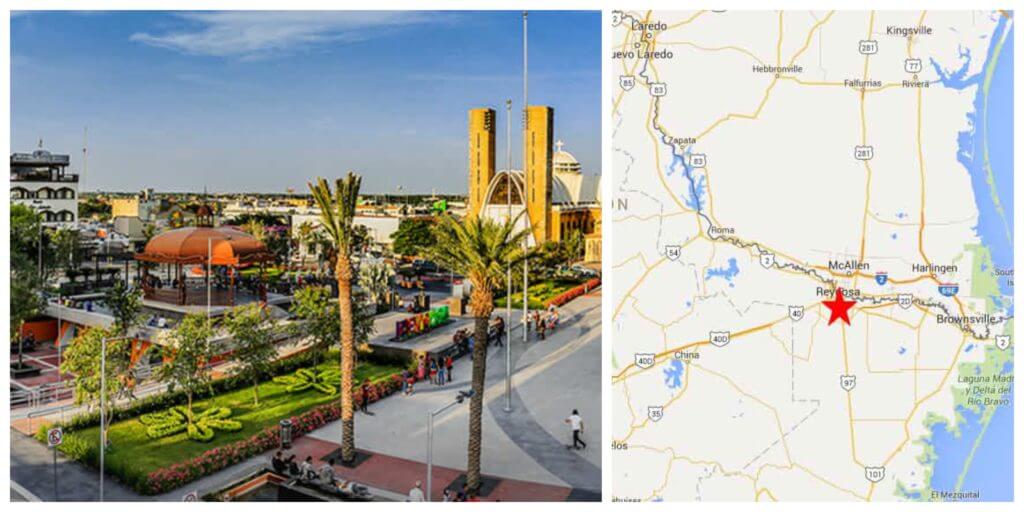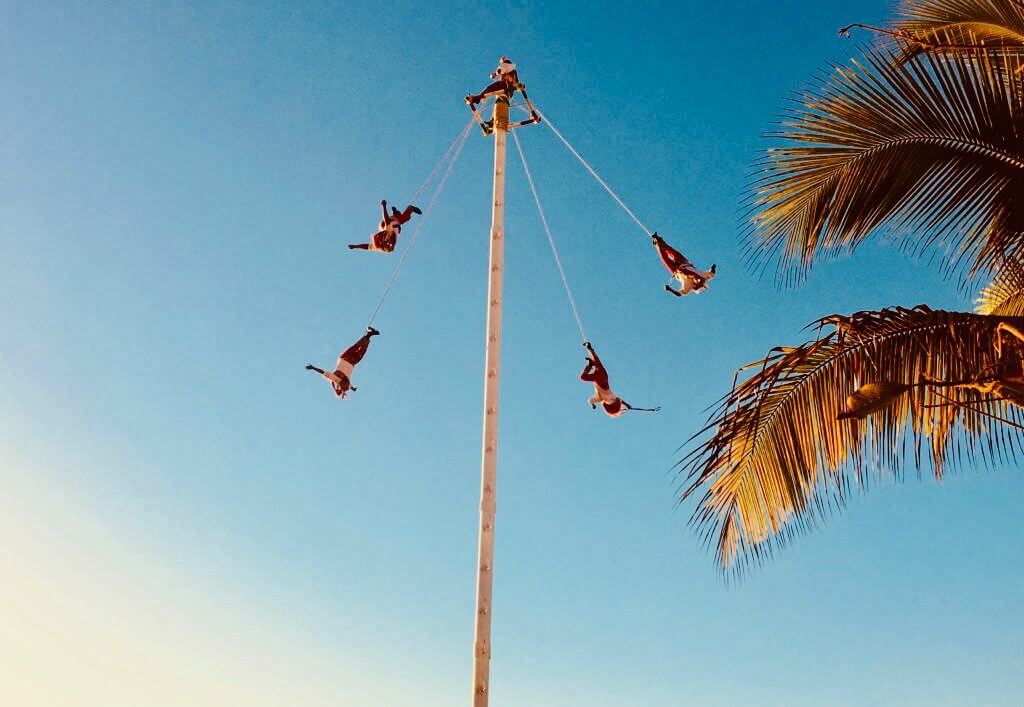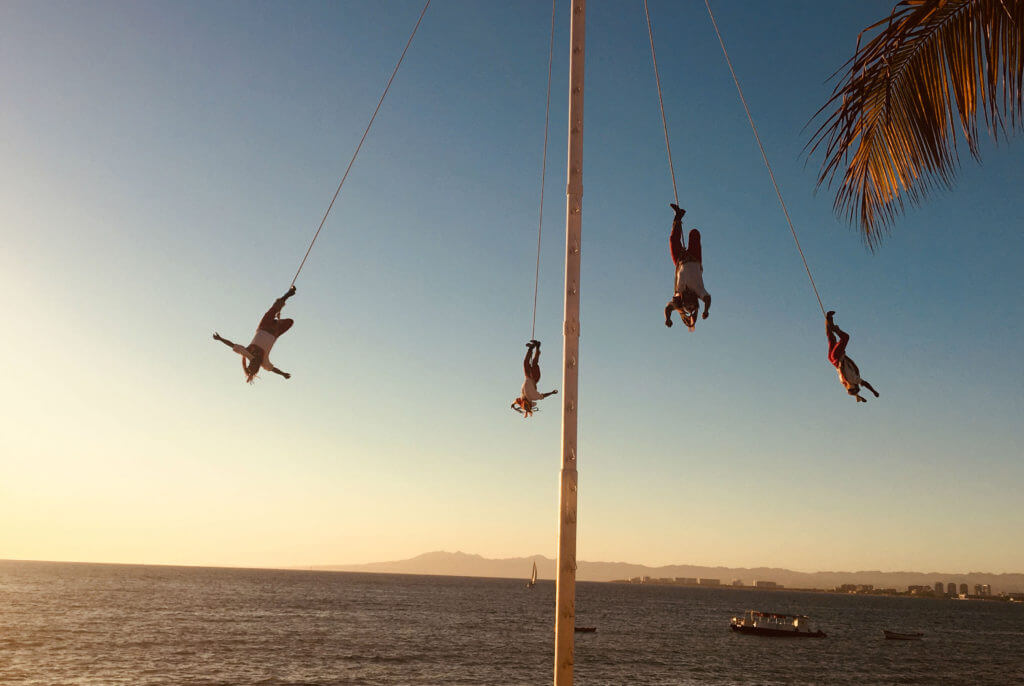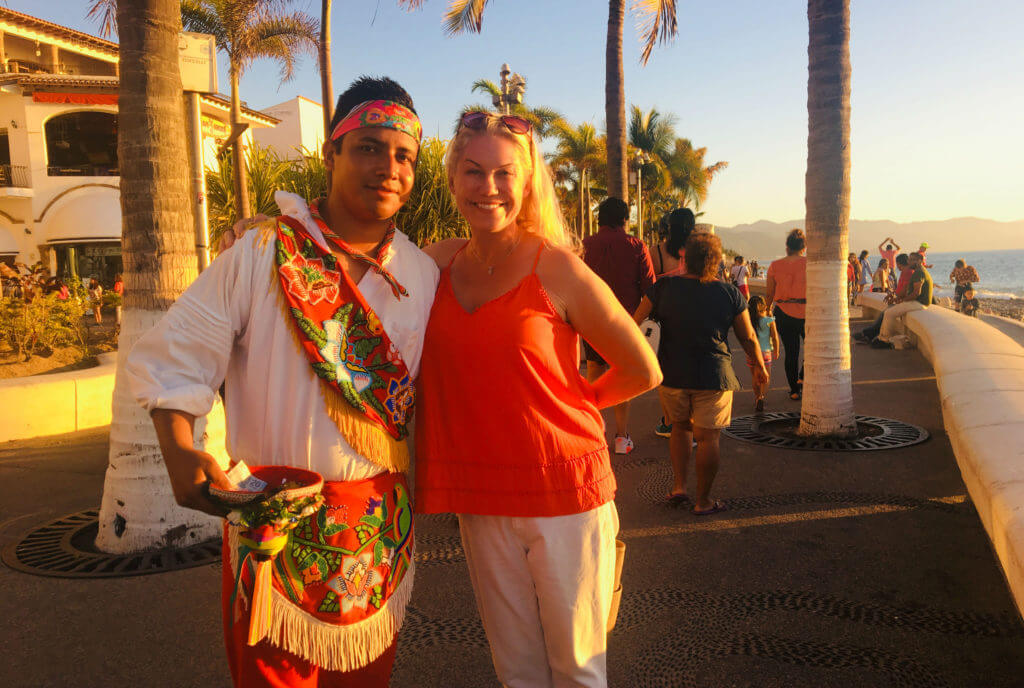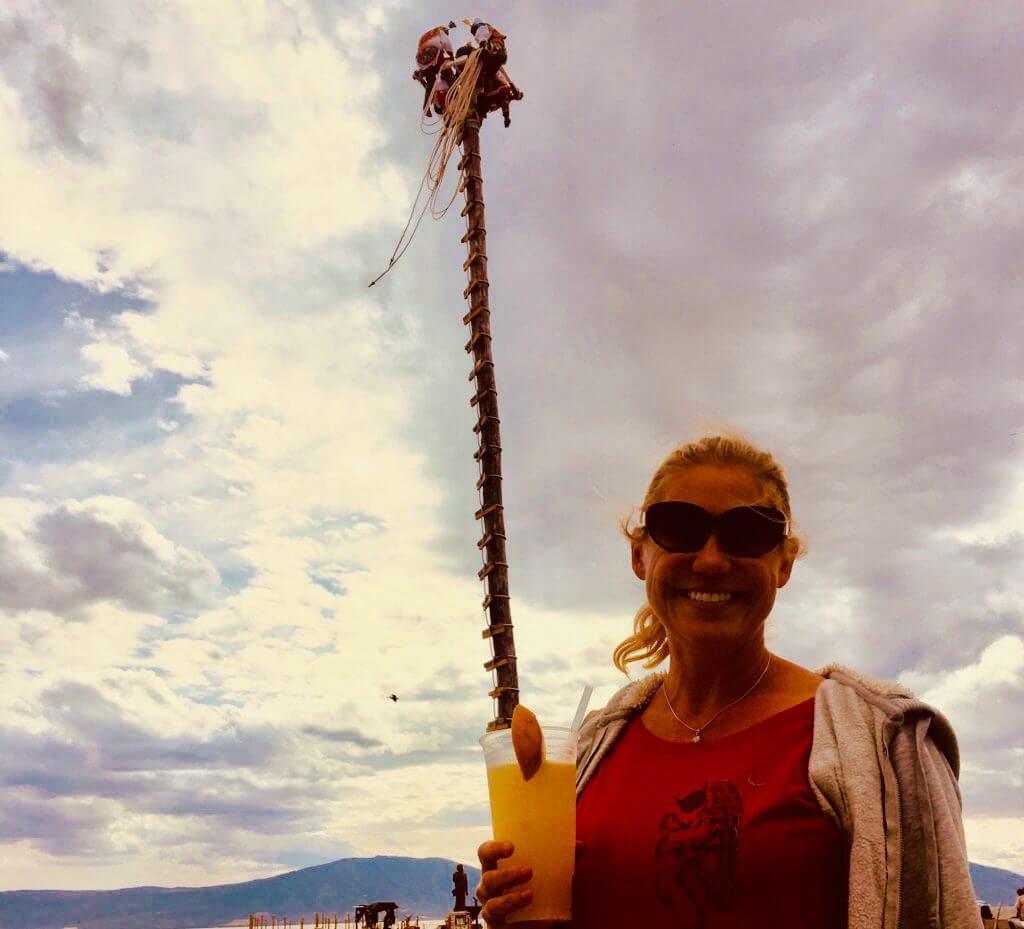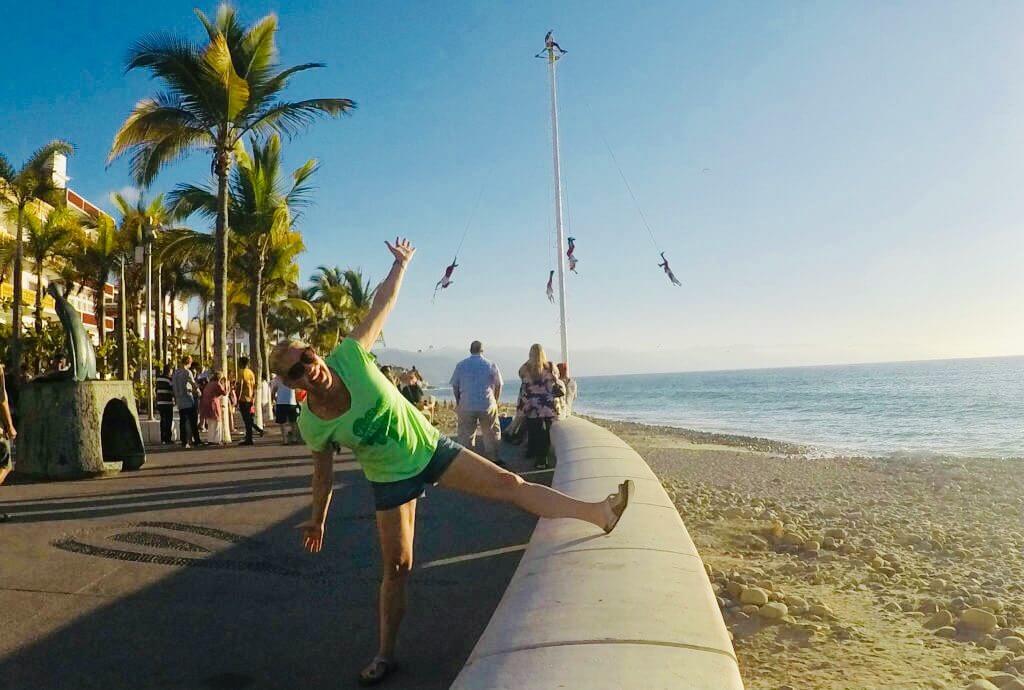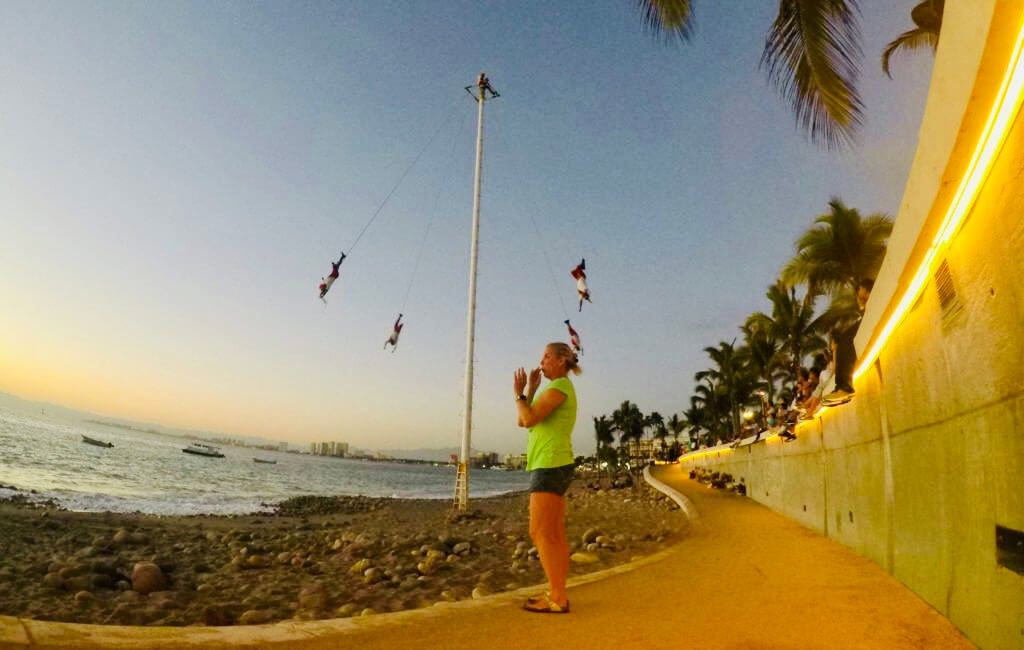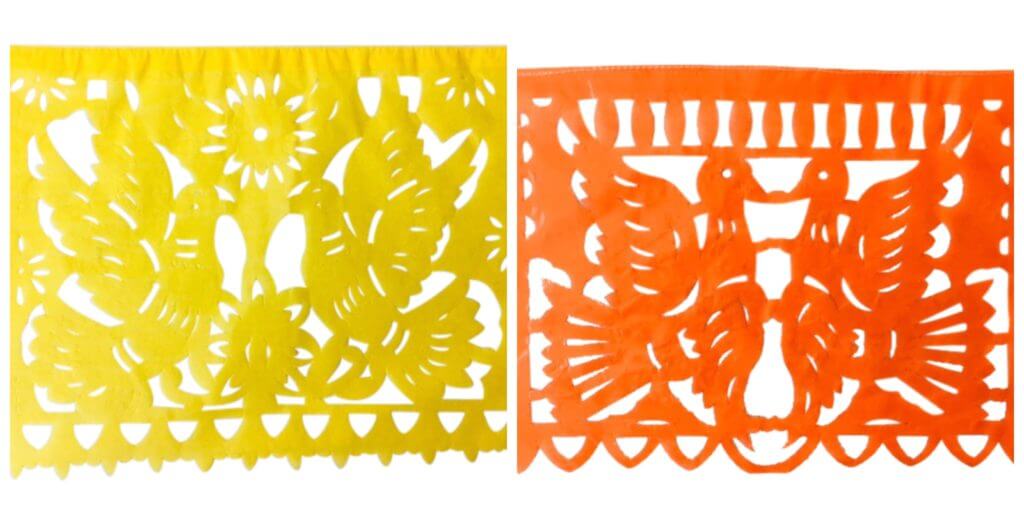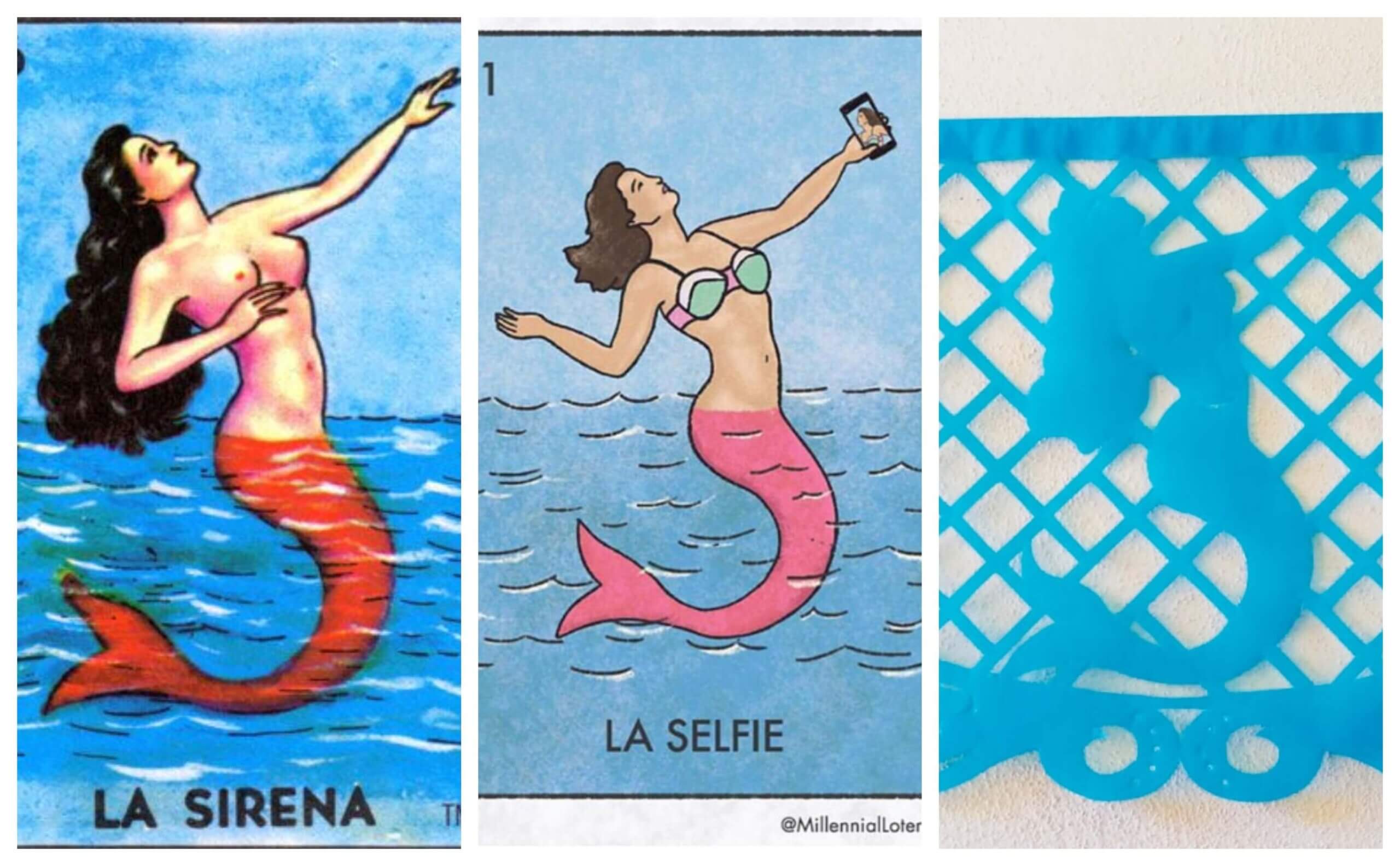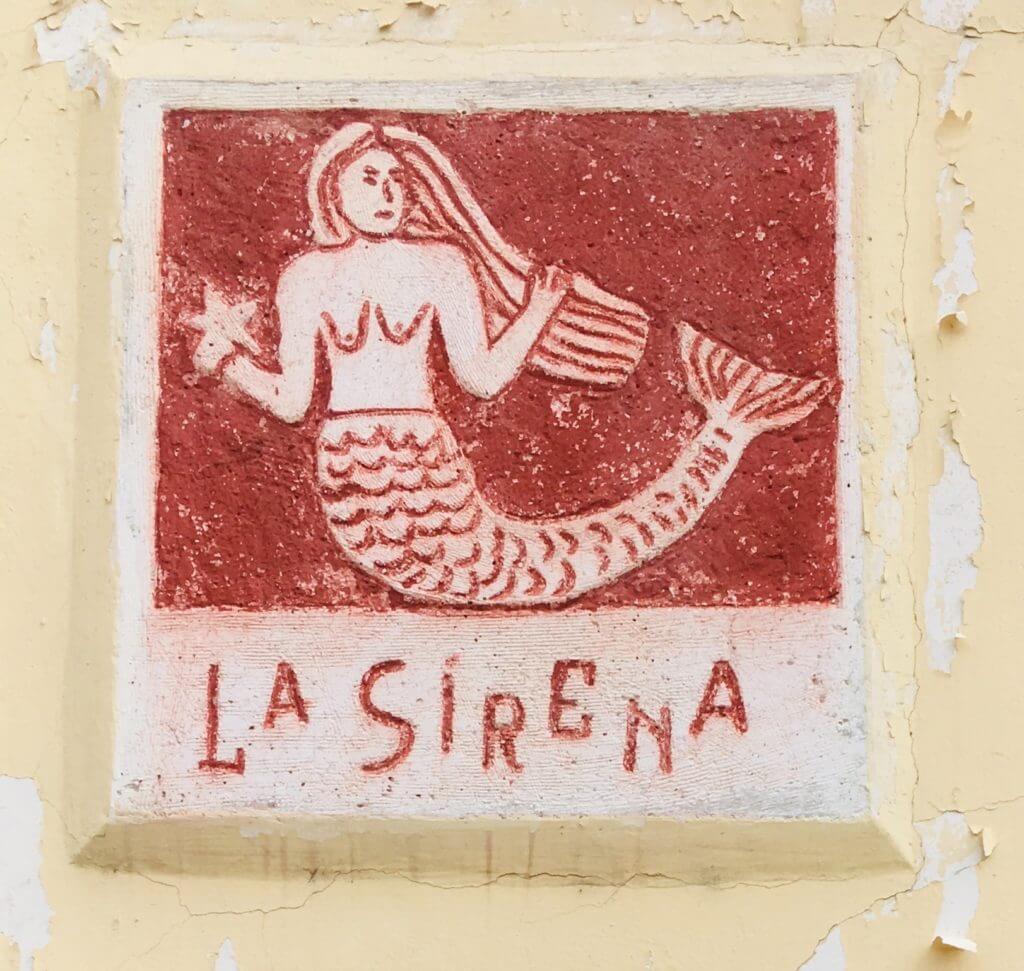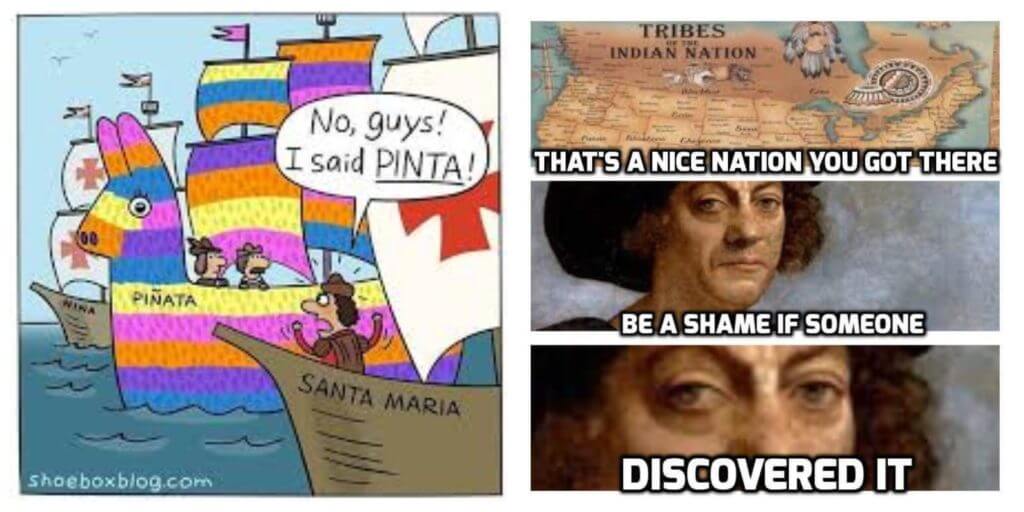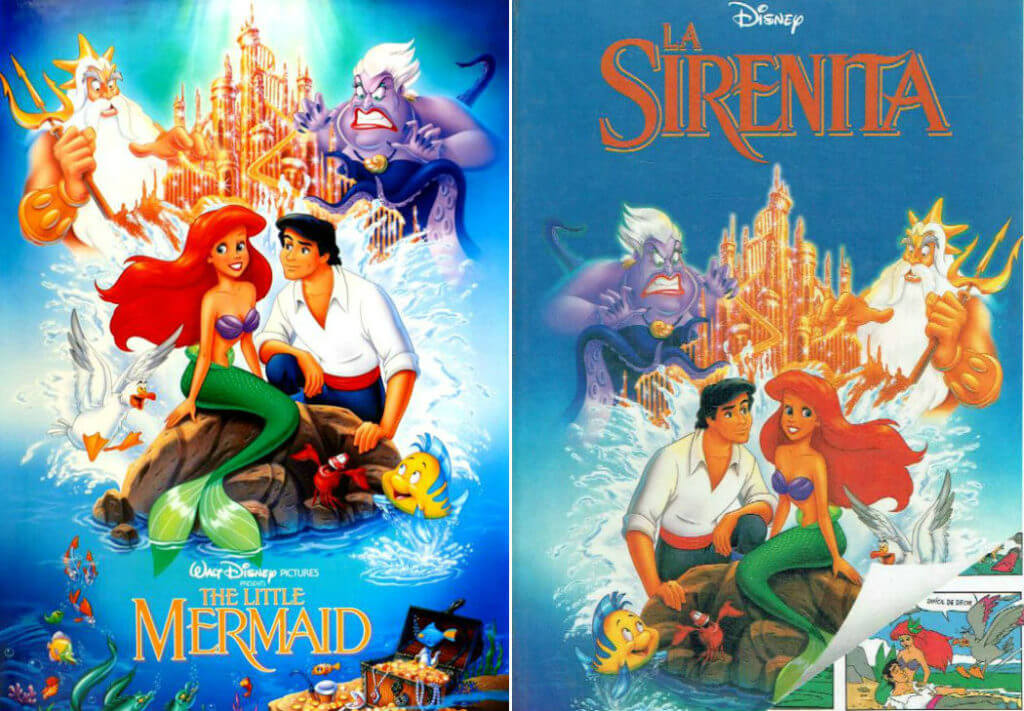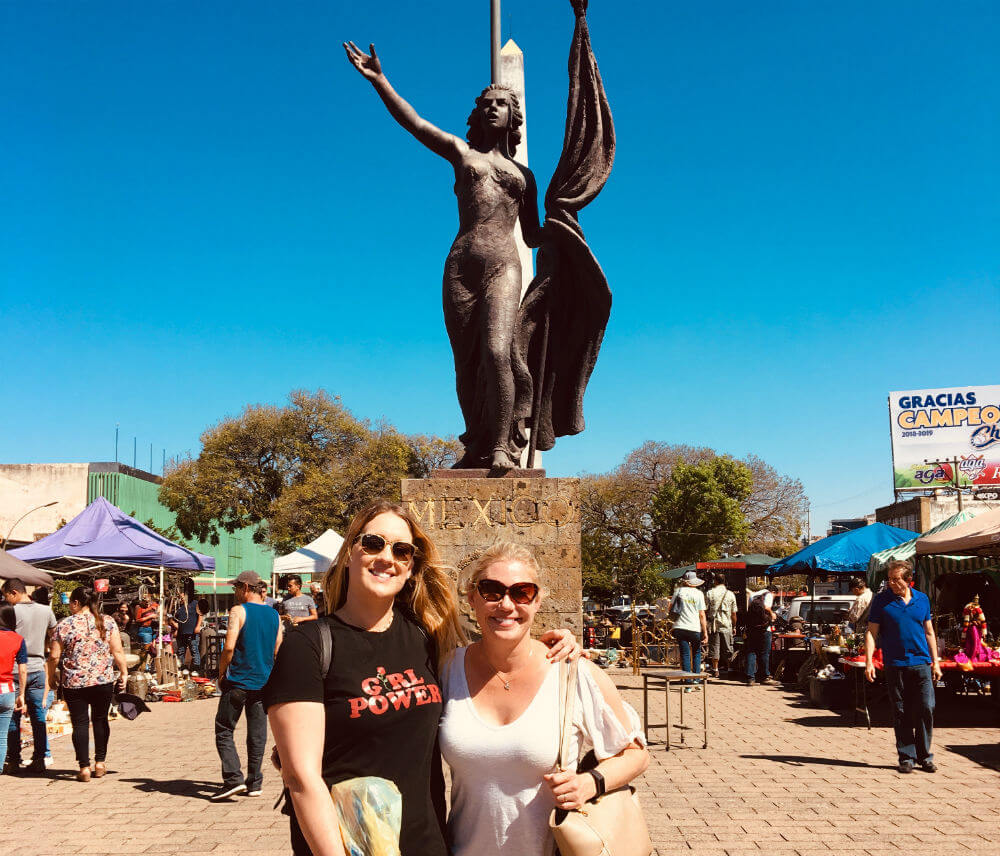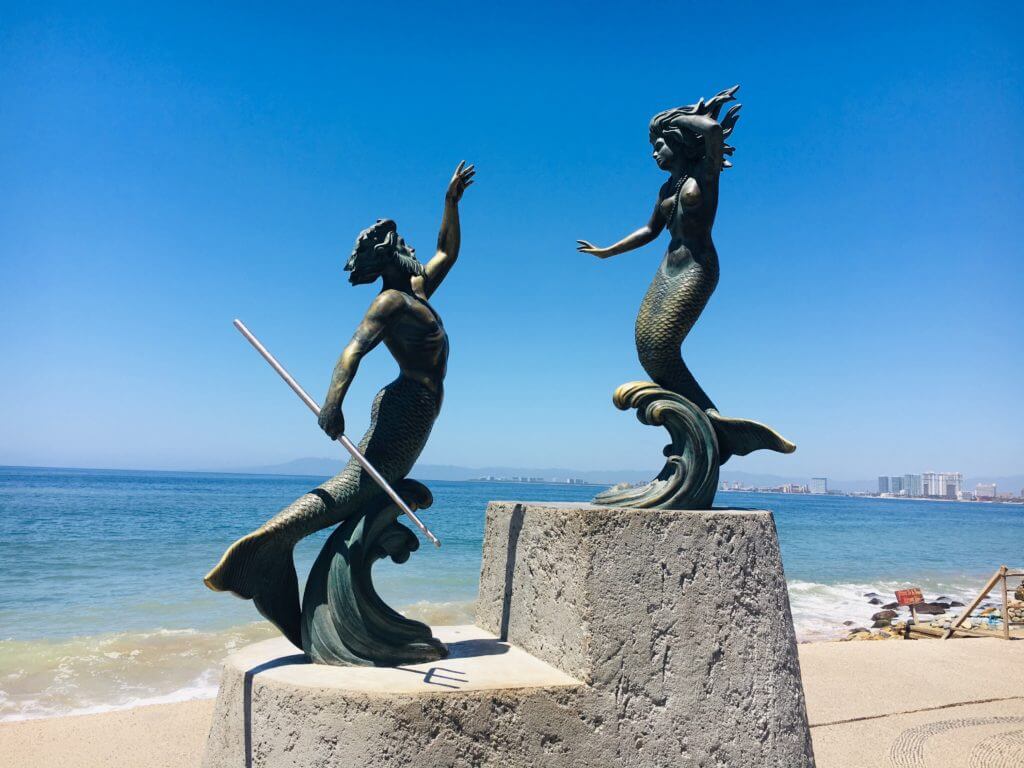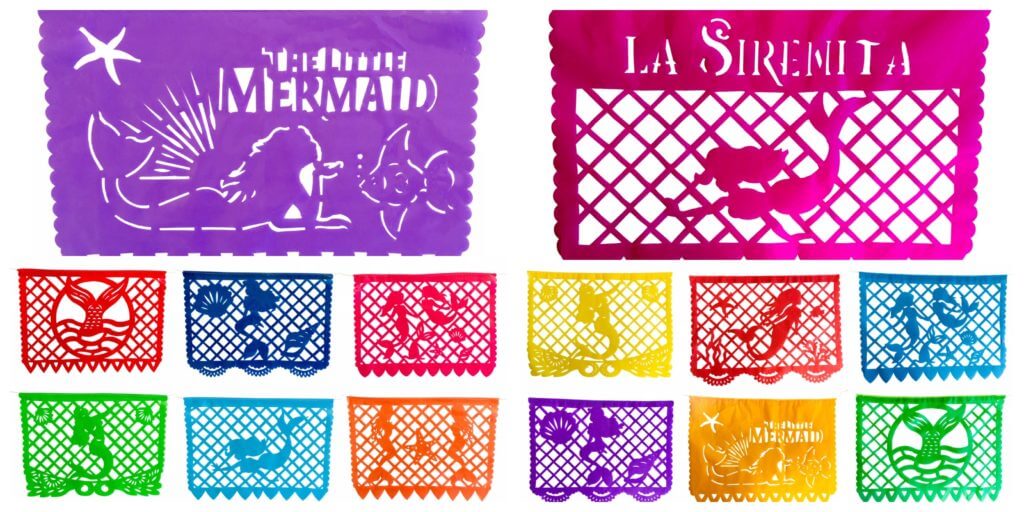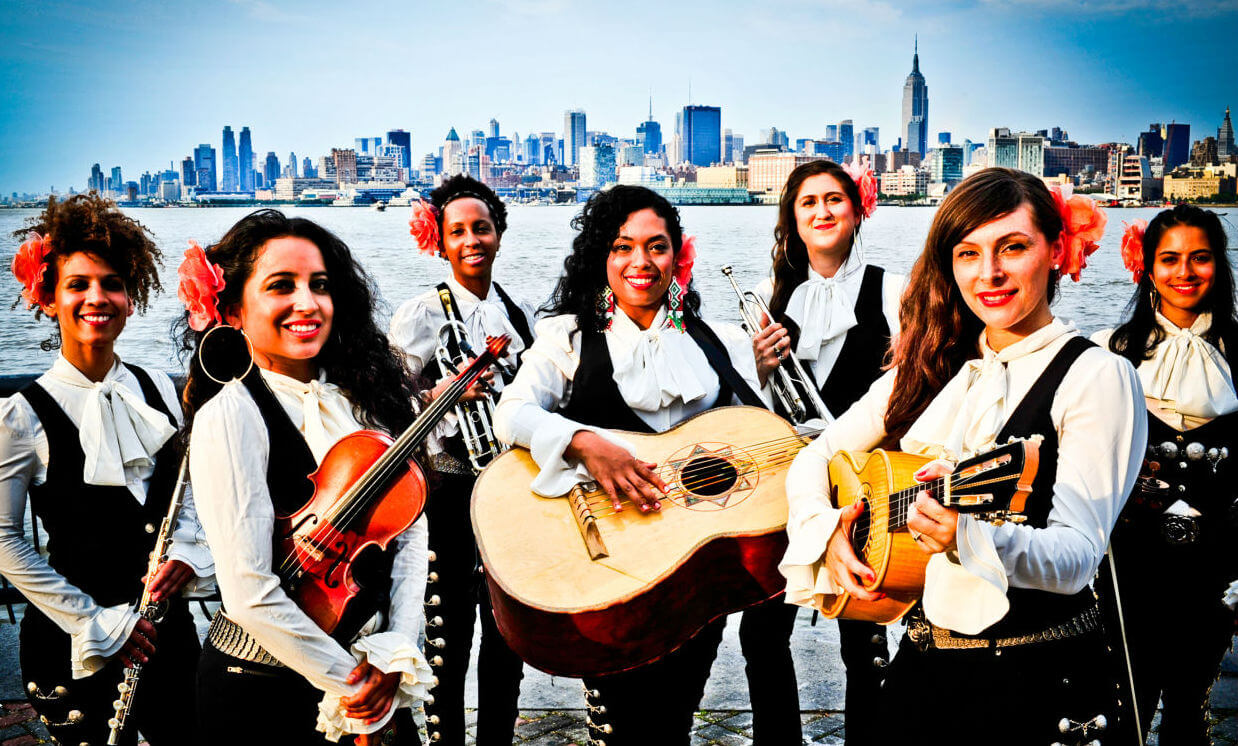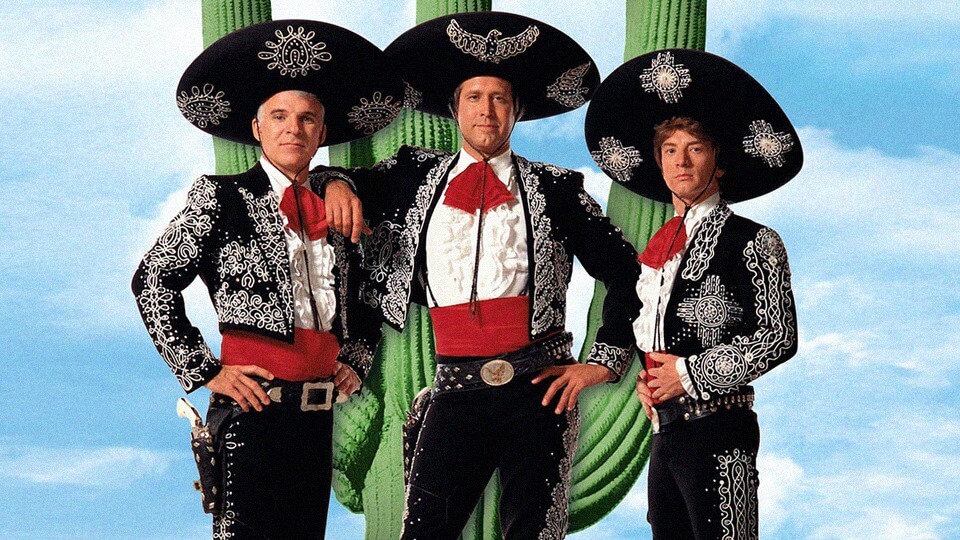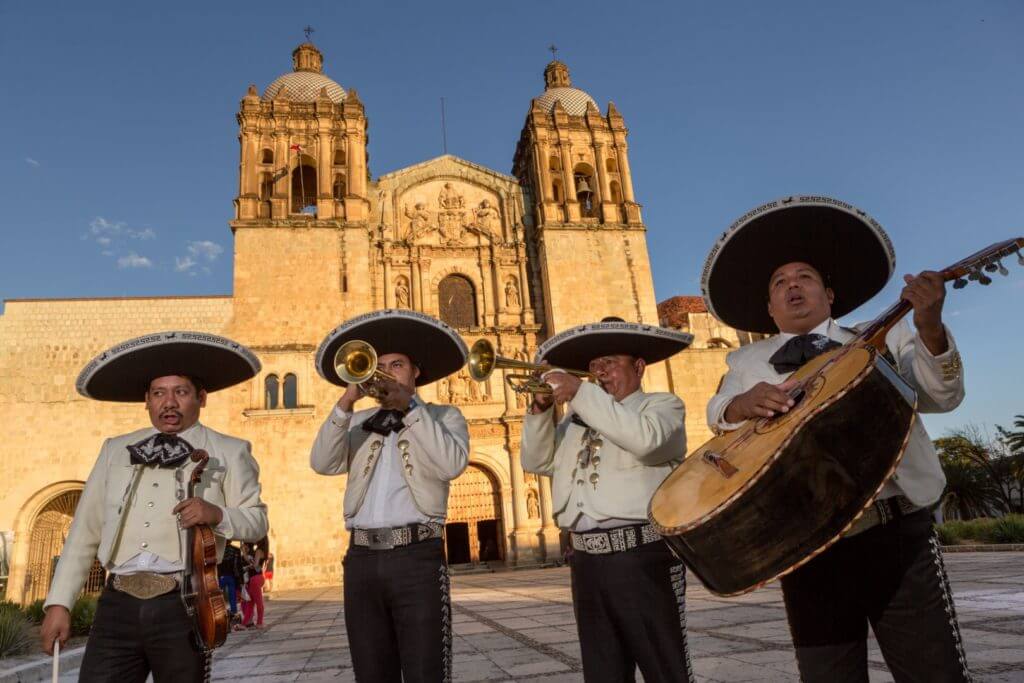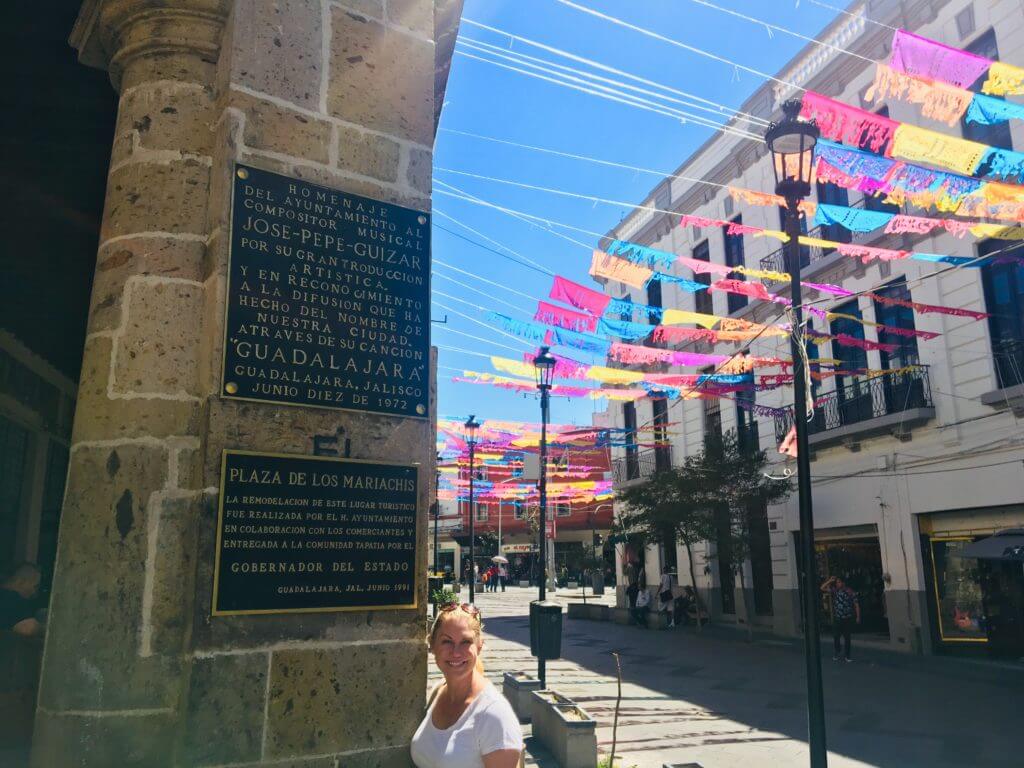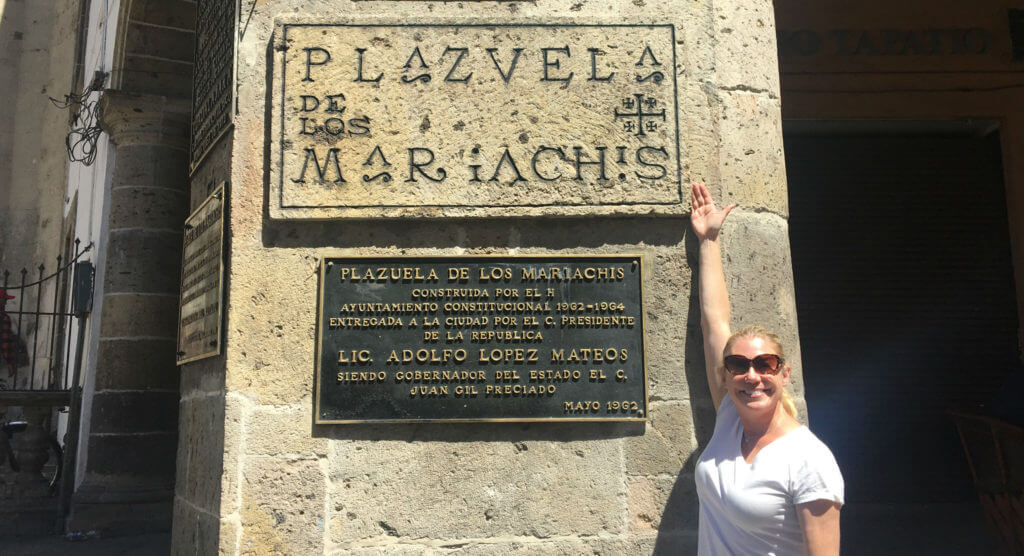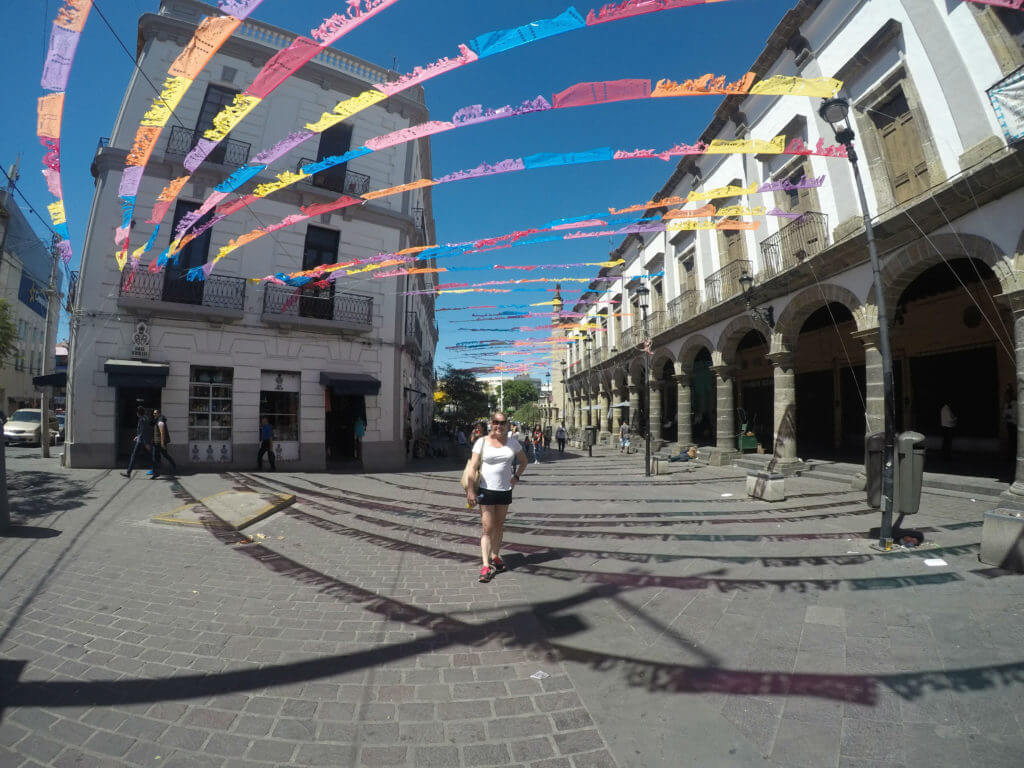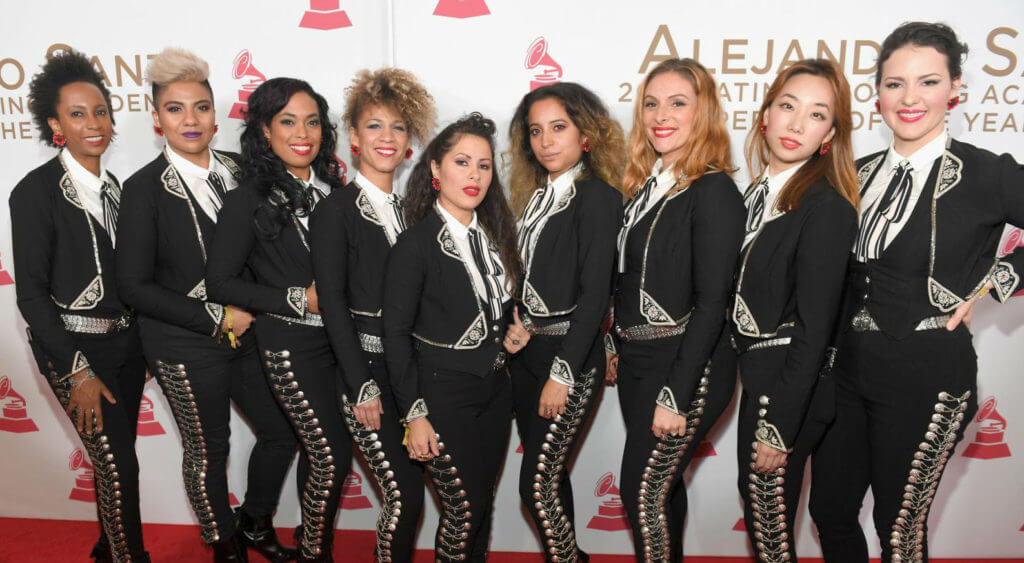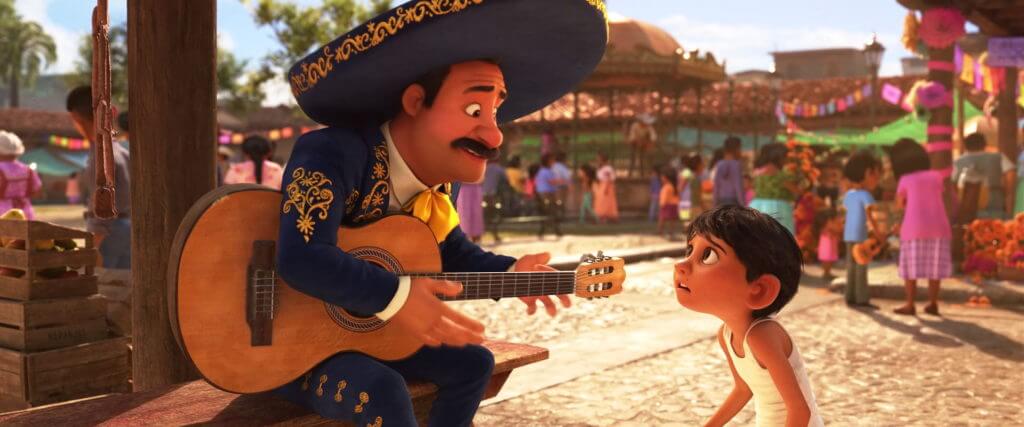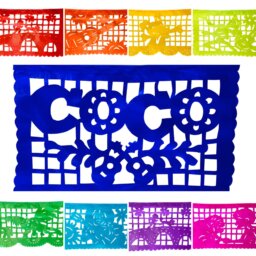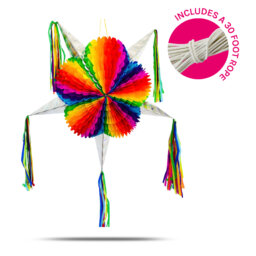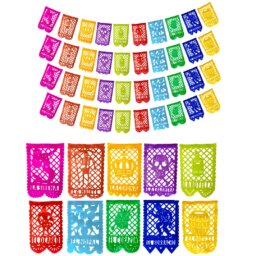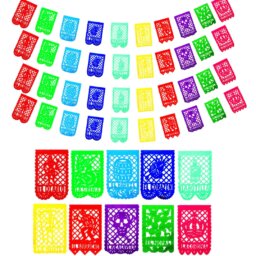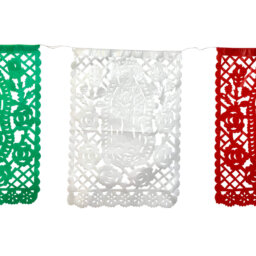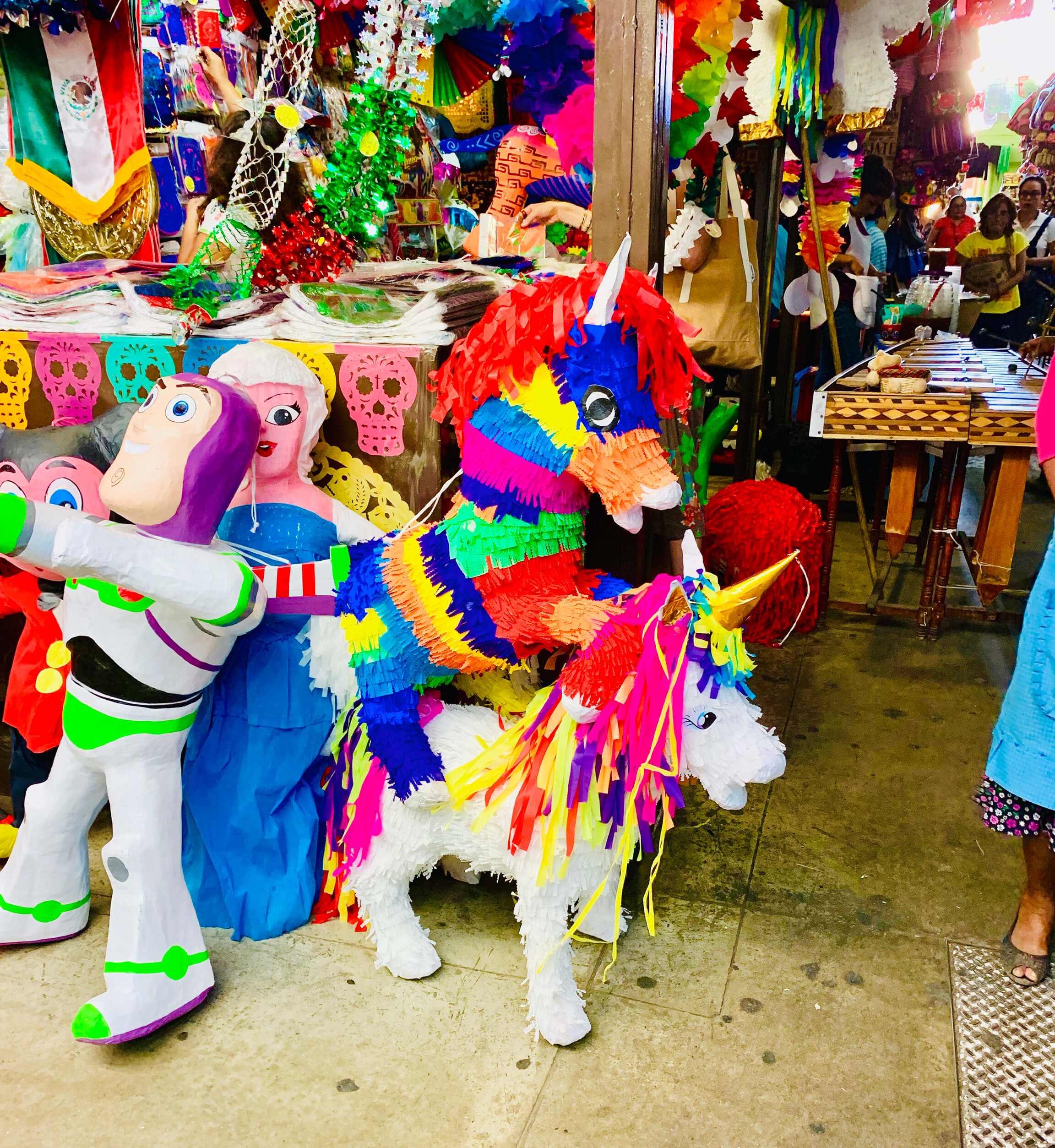
As I mentioned in the very first post (called “S#*t You See in México”) on this damn site that my husband, Todd, more or less forced me to start a blog while road tripping through México. “It’s good for SEO,” he said. “It will bring you more business,” he said. “You are going to lose a majority of your hair trying to come up with material,” he DID NOT say.
Oh well, hopefully someone somewhere gets a little joy out of said blog. I must admit that it has been fun taking hilarious photos while road tripping through México for almost 2 years now. Therefore, it is officially time to show you more funny shit.
I know some of these are not flattering of me, but fuck it. These are in no particular order of importance or chronology…they just make me laugh. So there.
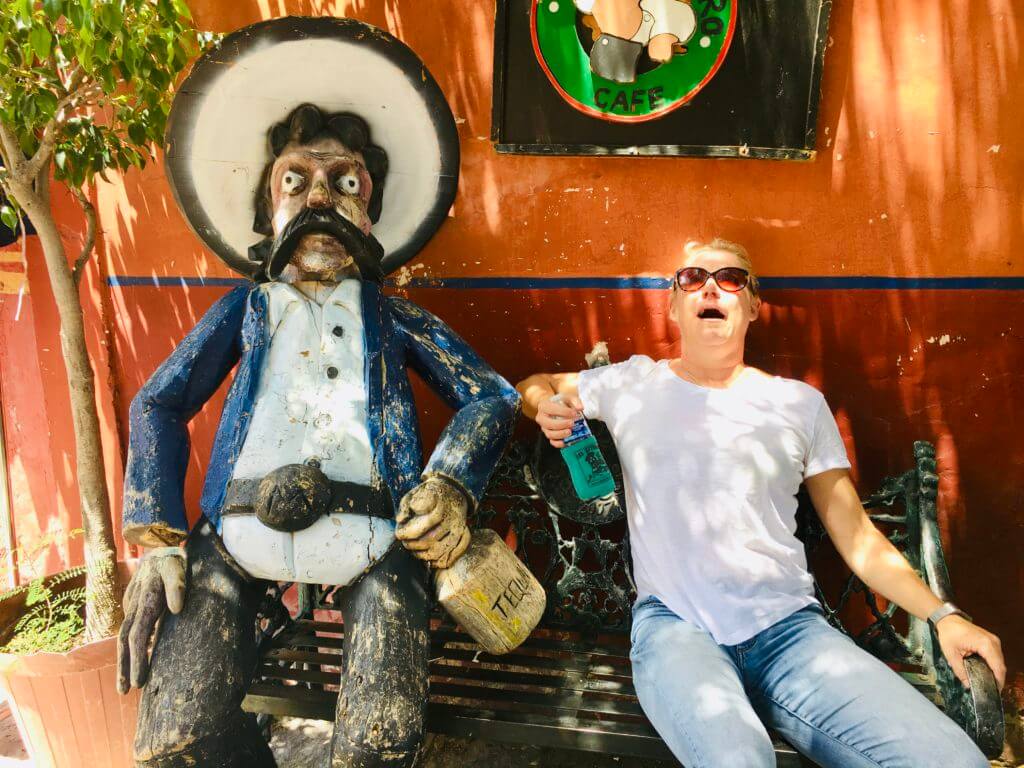
Borrachos (drunk people) in full force! | Photo: TexMex Fun Stuff
I figured I would also put together a list of my favorite things from my journey through this beautiful country. I don’t have photos of all of them, but these are some highlights…
Favorite Beach: Playa Yelapa. A one hour boat ride from Puerto Vallarta, Jalisco and famous for the saying, “I’d rather have a palapa in Yelapa than a condo in Redondo.” When I say boat ride, I mean that you can’t get there any other way.
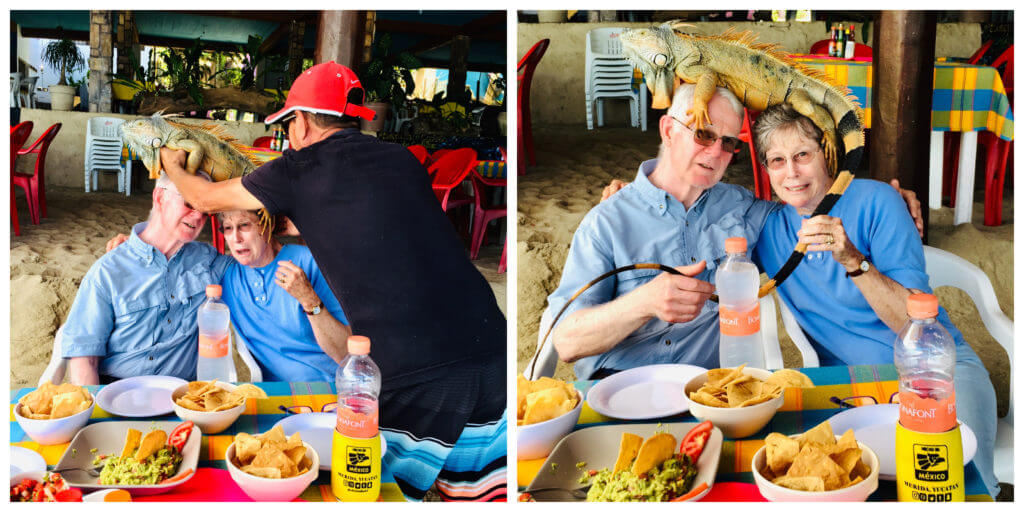
Favorite Brunch: Gaspar in the Colonia Americana section of Guadalajara is known for having the best hamburgers in town. That’s true, but their wicked strong martinis and french fries covered in scrambled eggs and garlic truffle oil makes any Sunday a Funday. Also, they are super dog friendly. Deuce approved!
Favorite Restaurant: MOG Bistro in Roma Norte, México City. A tasty fusion of asian cuisine, kick ass sushi, Oaxacan mezcal and waitstaff sporting Carhardt onesies.
Favorite Pozoleria: Pozoleria Matamoros in the Los Sapos section of Puebla, Puebla. Pozole is the world’s best soup. You know you are in the right spot when there’s a wait to get in and the place is full of families, construction workers and zero.zero gringos.
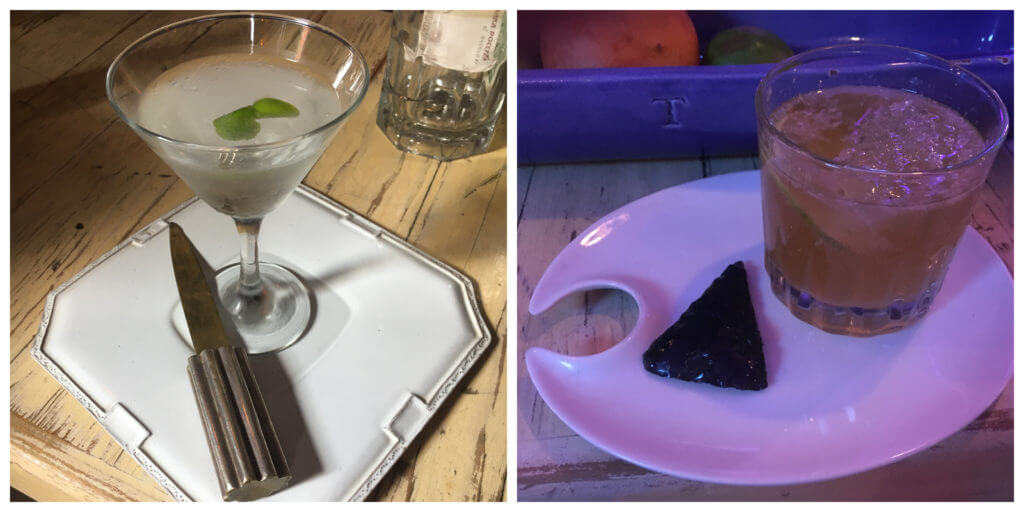
Favorite Cantina: La Fuga de Don Porfirio in Los Sapos, Puebla, Puebla. Good old TexMex Fun Stuff’s Lucha Libre Papel Picado proudly hangs above the bar. Tell the owner Paco I said, “hola, bitch!”
Favorite Mezcalería: El Destilado in Oaxaco Centro, Oaxaca. Cheap happy hour specials on mezcal cocktails, shots and tacos. Plus they have a killer view from the rooftop bar!
Favorite Pulquería: Cálendula Pulquería in Los Sapos in downtown Puebla. Don’t be scared cause it looks like snot. Just order the cucumber lime pulque with a shot of mezcal. Trust me! #Icanbetrusted
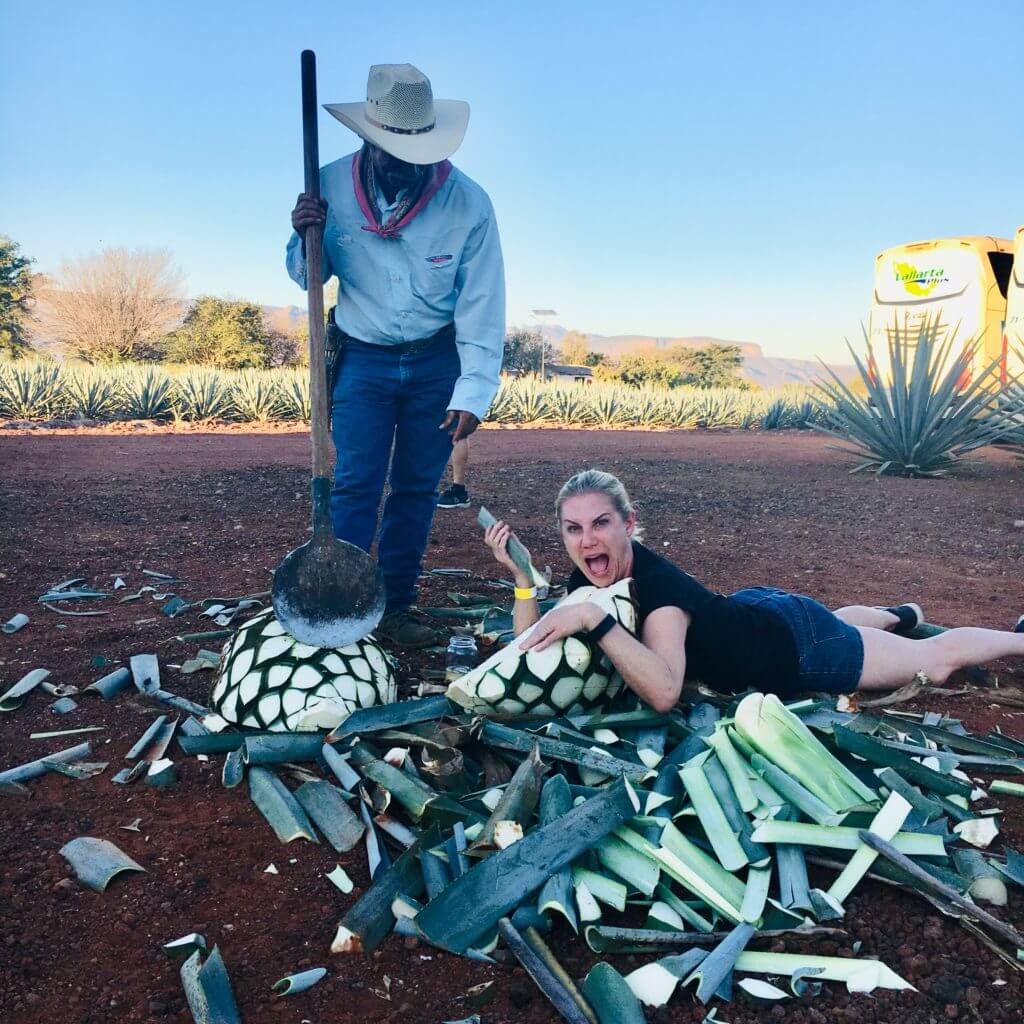
Psycho Blonde (OK, me) in an agave field with a Jimador (agave farmer) who is scared out of his wits.
| Photo: TexMex Fun Stuff
Favorite Day Trip: Jose Cuervo Express Train from Guadalajara to Tequila and back…although I don’t remember much of the “back” part. I’m not proud of this picture above. This occurred on the way “back”.
Favorite Drive: Puebla City to Oaxaca City on Tollroad 135D. Majestic mountains, valleys, cacti, tunnels and sketchy AF roads. Freaking beautiful.
Favorite Flight: A single engine prop plane on Aerotucán more or less hovers over the mountains and fields from Oaxaca City to the beautiful beaches of Puerto Escondido, Oaxaca. 45 minutes of picture taking magic.

Kick ass t-shirts in the PV mercado! Jaliscienses are big fans of the word “Fuck”. Impressive. | Photo: Tex Mex Fun Stuff
Favorite Park: Chapultepec Park in México City. Wander from the world famous Anthropology Museum through the endlessly shaded sidewalks up to the Chapultepec Castle which sits at the top of a huge hill. It used to be a military school where teenage Mexican soldiers fought the Spanish for México’s independence. They lost, but hey. Castles are sexy.
Favorite Hike: La Malinche is a mountain one hour due east of Puebla, Puebla. It is technically in the state of Tlaxacala and makes for a challenging day hike as it peaks at 14,400 feet above sea level. And I know this for a fact because my husband climbed it and I didn’t.
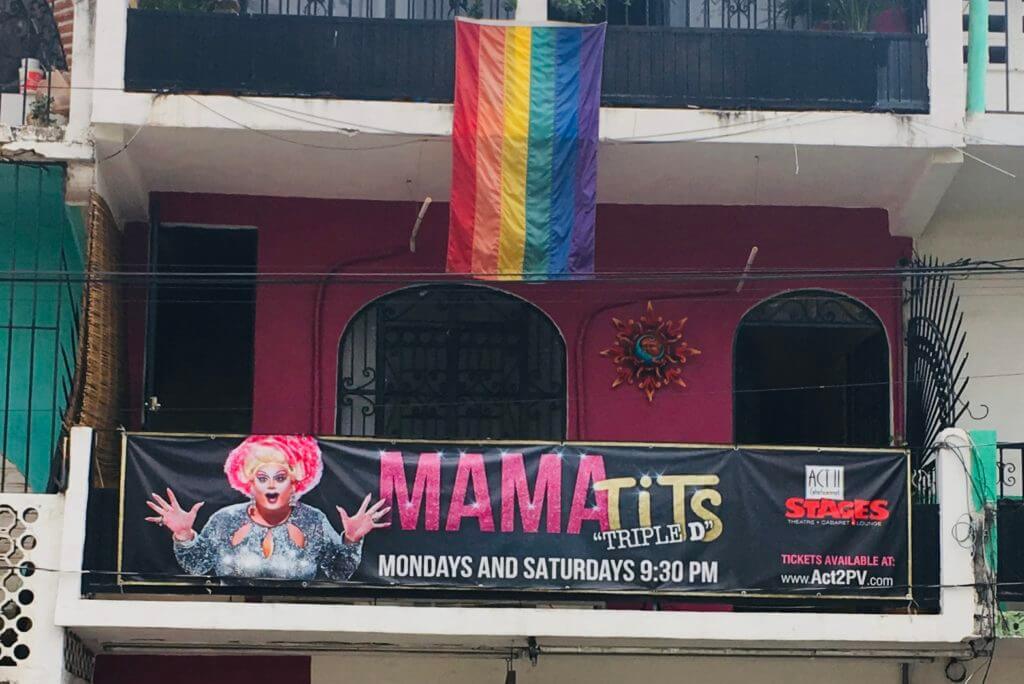
Triple D shows every Monday and Saturday – Oooooh, “Mama Tits”! | Photo: TexMex Fun Stuff
Favorite Gayborhood: The Romantic Zone in Puerta Vallarta. With live shows like Mama Tits and Naked Boys Singing you can’t help but be in a rainbow mood! #prettyandwittyandgay
Favorite Lucha Libre Venue: Arena Puebla in Puebla, Puebla. Cold beer, hot sweat and lots of cussing. Not too big, not too small, loud as fuck.
Favorite Mercado: Mercado De Artesanias La Ciudadela (Artisan Market) is in the Ciudadela neighborhood (a 5 minute cab ride from Roma) of México City. Handmade everything from all over México and there’s a bar in the middle!

A majestic little town just south of Guadalajara on Lake Chapala. Obviously great shopping with some wicked humor!
| Photo: TexMex Fun Stuff
Favorite Shopping: Independencia Avenue in Tlaquepaque, a Pueblo Mágico outside of Guadalajara, Jalisco. I could stroll down this pedestrian only street forever. Galleries, shops, restaurants, street vendors and it is covered by thousands of colorful umbrellas!
Favorite Co-working Space: Workósfera in Puebla, Puebla. The original location is in the Los Sapos section of Centro in a colonial mansion. The newest location in the La Paz neighborhood and is in yet another mansion, but this one has a pool! Fast wifi and great people.
Favorite Live Music: Callejoneadas in Guanajuato, Guanajuato. At night, college kids turn into singing minstrels wearing tights. They tour pedestrian only alleys playing instruments and encouraging crowd participation up and down the hills of this beautiful city. Smoking, drinking and singing of course.
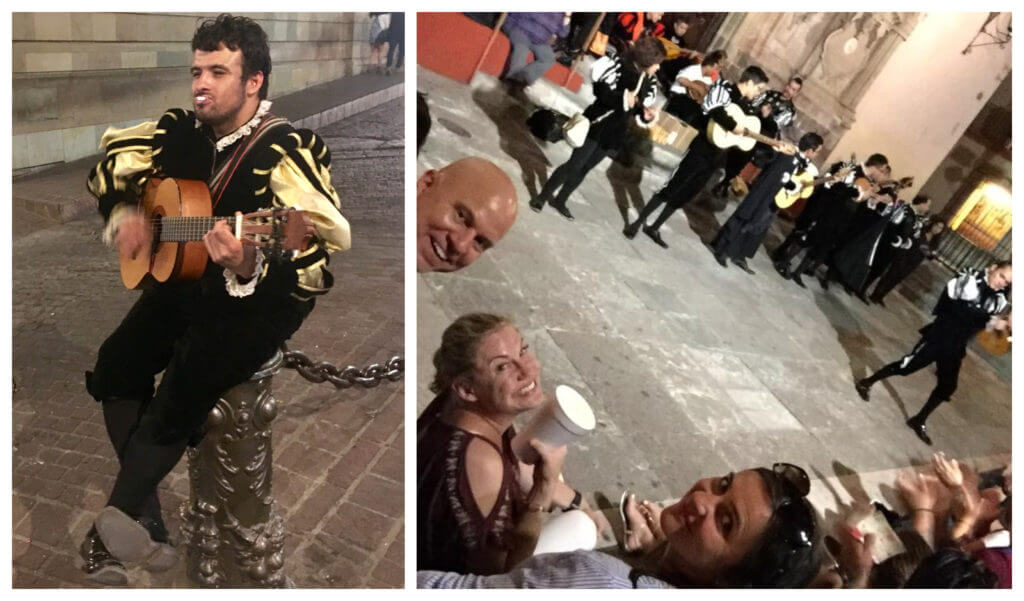
Good friends, to-go beers and college kids earning their keep by taking tourists on a late night musical stroll.
Photo: TexMex Fun Stuff
Favorite People: Mérida, Yucatán. In all fairness, there isn’t a city in the world that can compete with the community in Mérida. It is my home and it is chock-filled with my people.
?? Shop the TexMex Fun Stuff online storefront on Amazon! ??
As you can see from my list of favorites, in 20 months we have gone from San Miguel de Allende to Guanajuato to México City to Puebla to Mérida to Guadalajara to Puerto Vallarta to Querétaro and back to México City.
We did make it to Oaxaca briefly. As it turns out, Oaxaca is not known for its paper maché. Or for its ass grabbing. Luckily for you, both were captured in this shot…
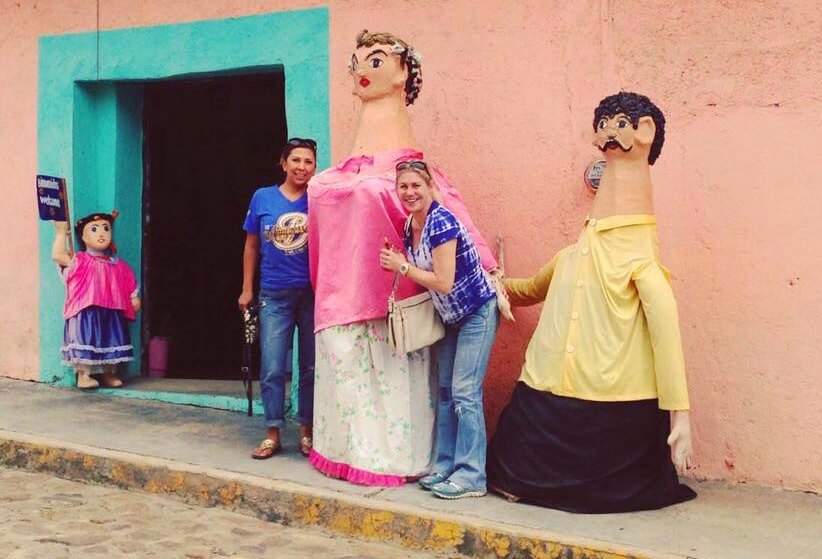
A little ass grab never hurt anyone! Well, maybe the giant paper maché people got a little hurt?
| Photo: TexMex Fun Stuff
Finally, from México City…

#GoesWithoutSaying | Photo: TexMex Fun Stuff
?? Shop the TexMex Fun Stuff online storefront on Amazon! ??
Speaking of shit…
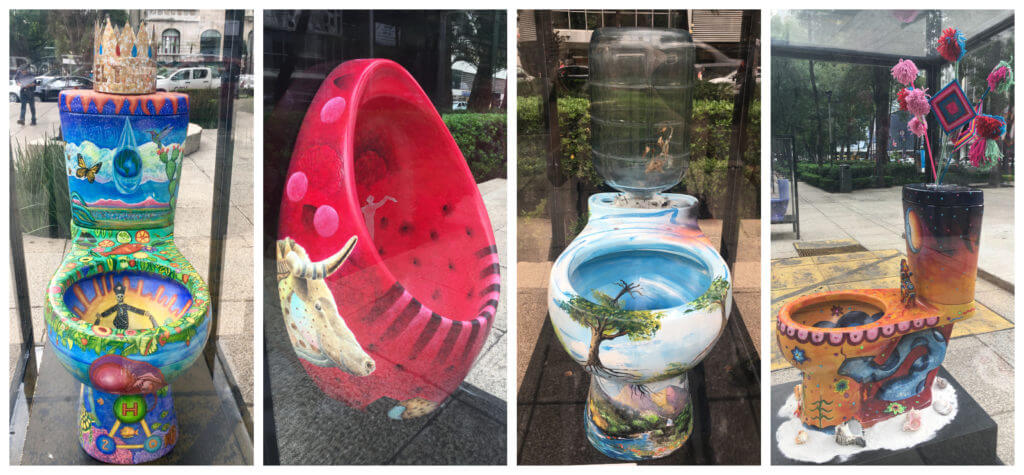
Welp, that’s all of my pics for now of our journey while road tripping through México. I will spare you the really gross stuff. Plus, I should really get back to work. It is imperative that I shop for more bad ass stuff, from this bad ass country, for your decorative enjoyment! Hasta luego!
Are you looking for more inspiration from México? Check out the TexMex Fun Stuff Blog for more sights, sounds and badass-ness uncovered while exploring México searching for handmade fun stuff for you!
Related Posts
Day of the Dead – The Biggest Fiesta in México for Dead People
Ernesto de la Cruz…Is Coco’s Infamous Singing Superstar for Real?
What is the Deal With These Badass Mariachis?
La Lotería Ain’t Your Grandma’s Mexican Bingo.
